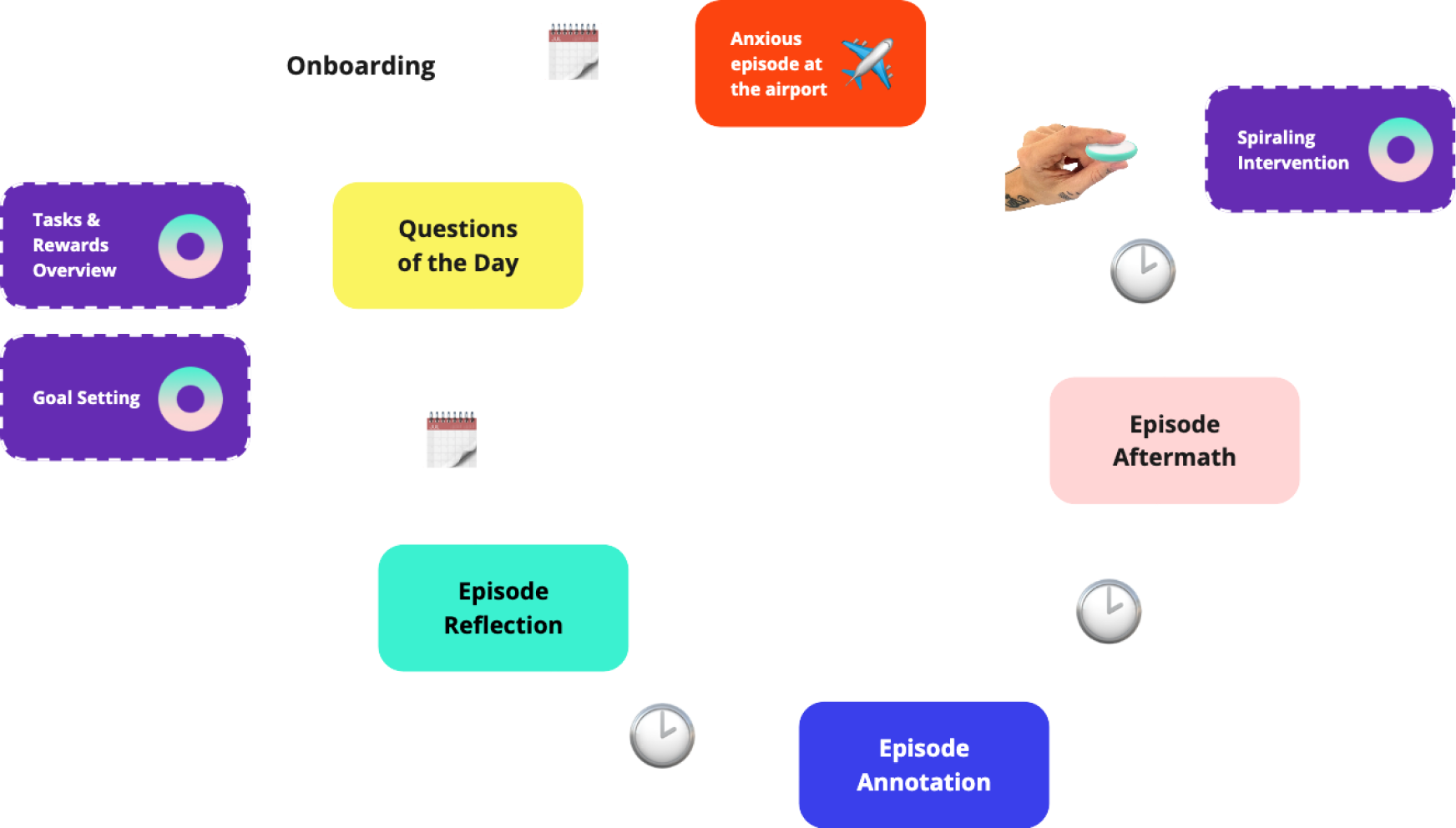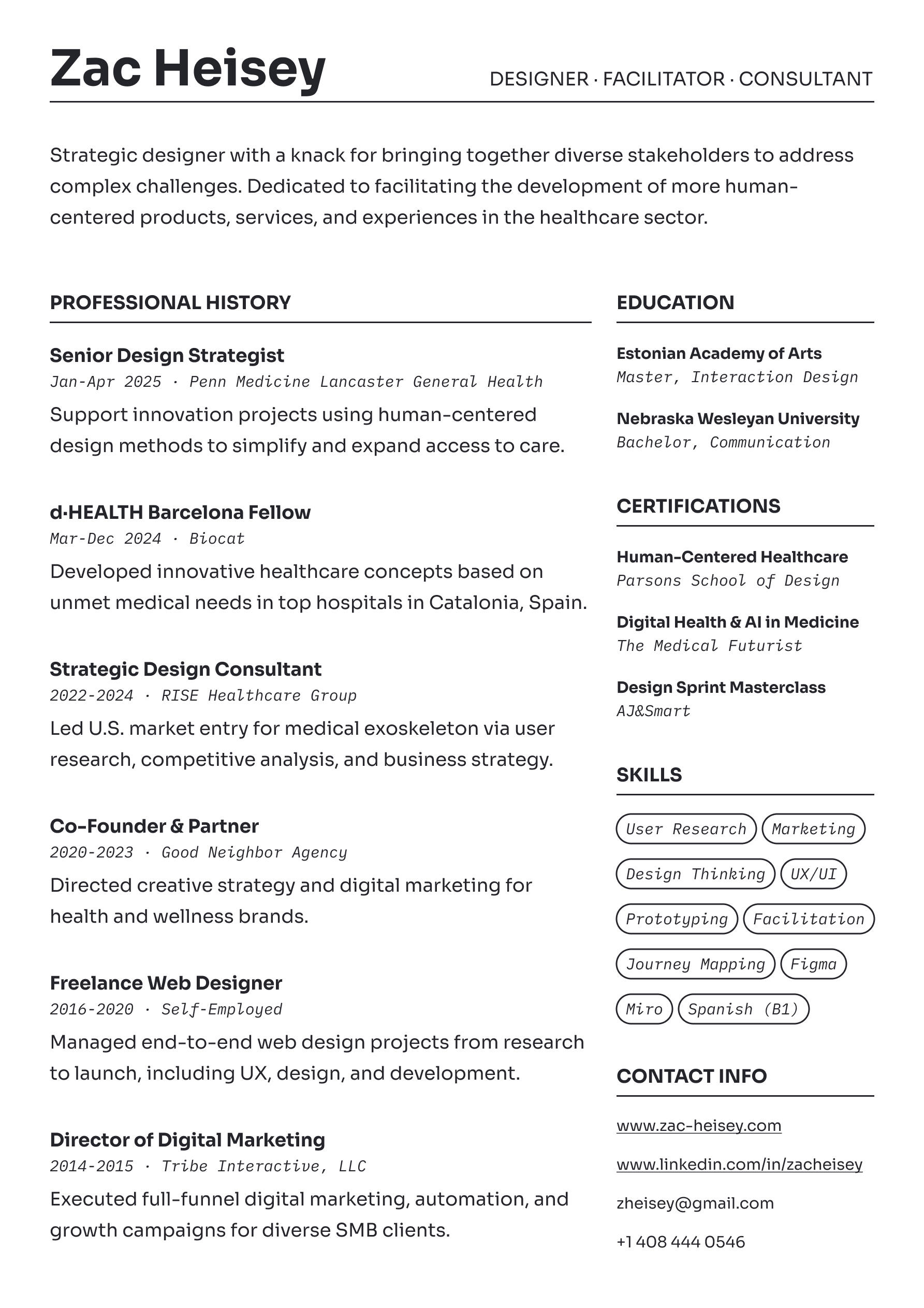Designer · Facilitator · Consultant
Zac Heisey
I help healthcare organizations innovate through strategy, design, and collaboration. It starts by asking...
How Might We...
improve the patient-provider relationship?

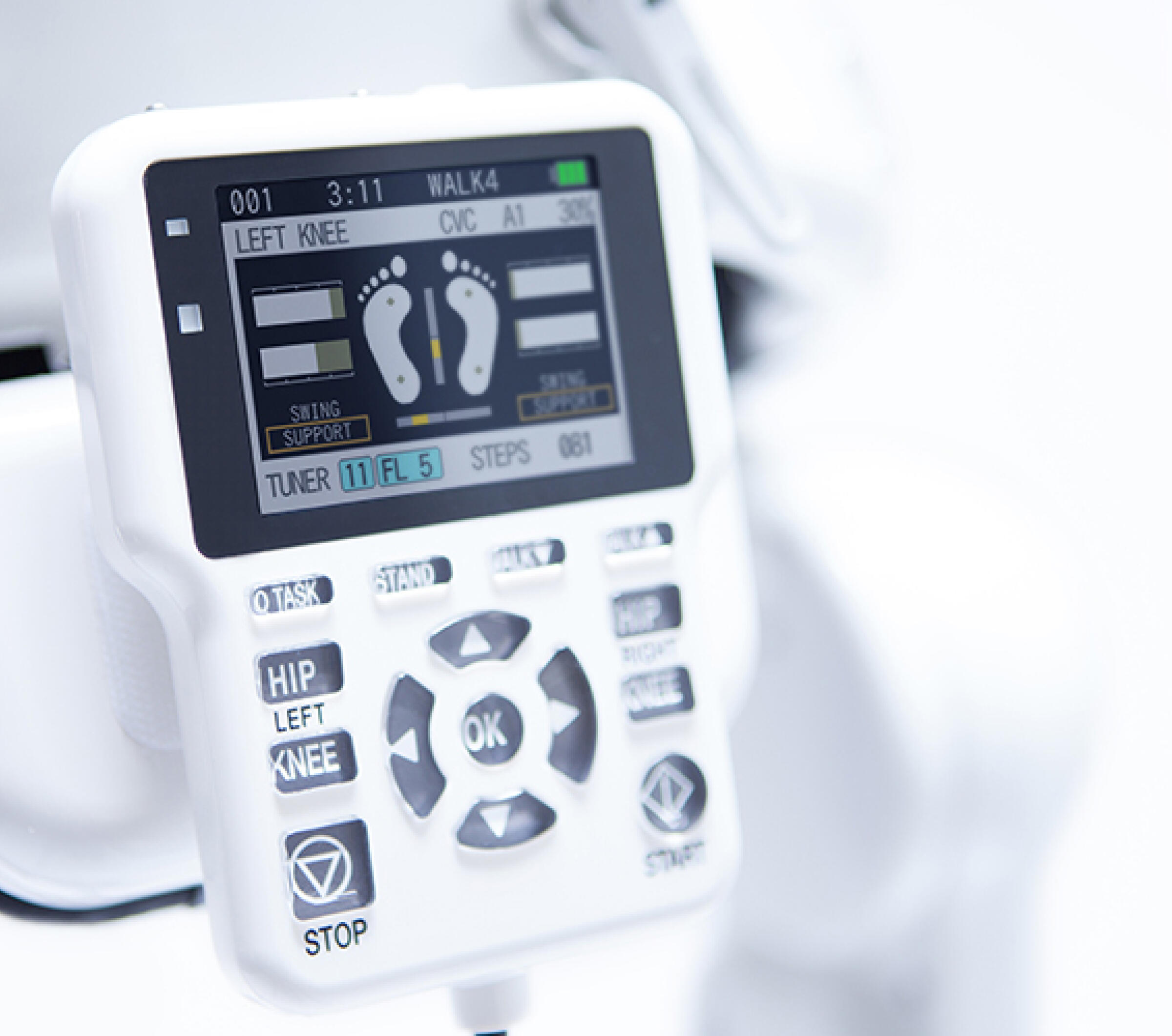
How Might We...
increase adoption of a novel medical device?
How Might We...
address memory loss 100 years from now?
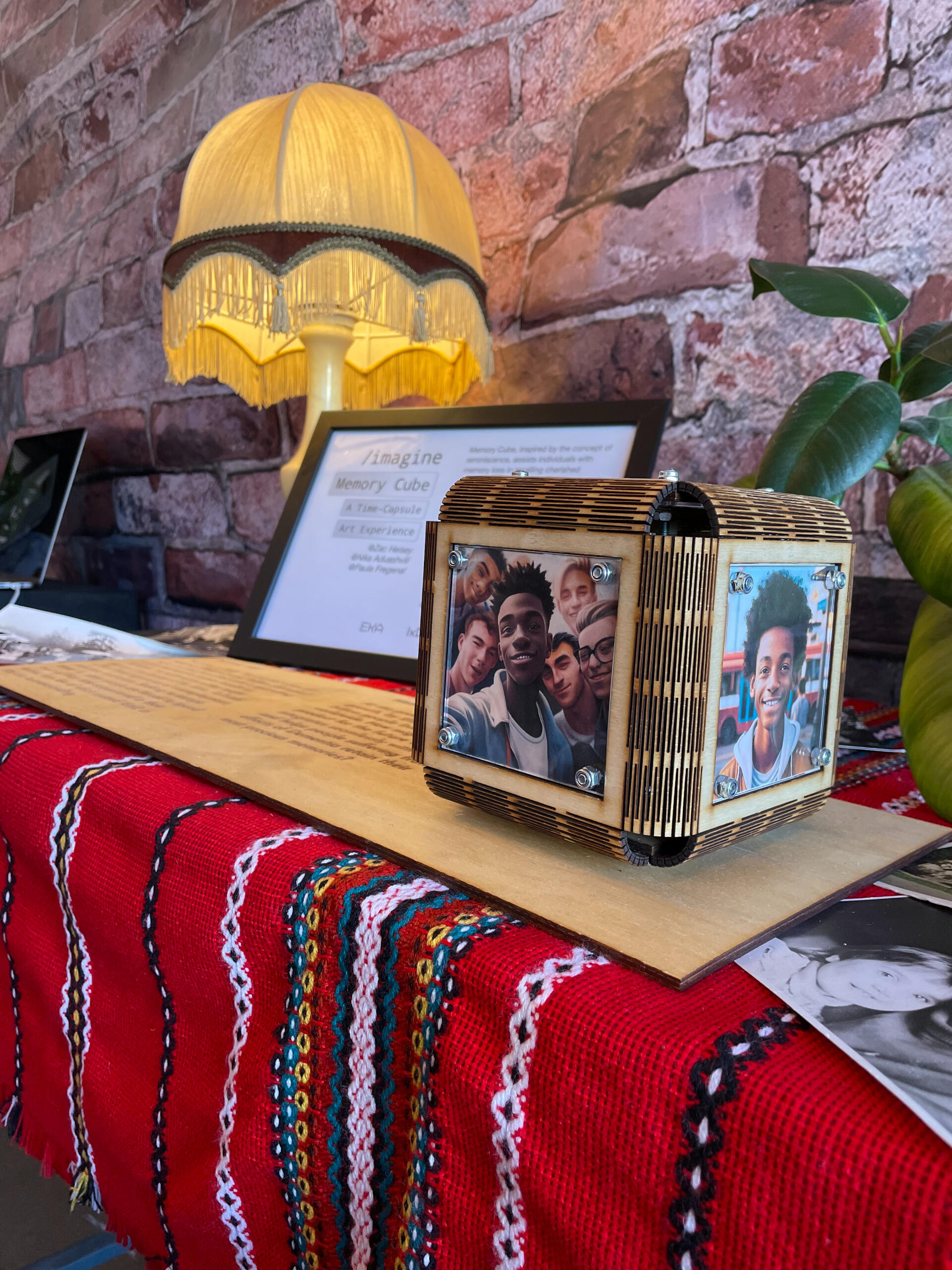
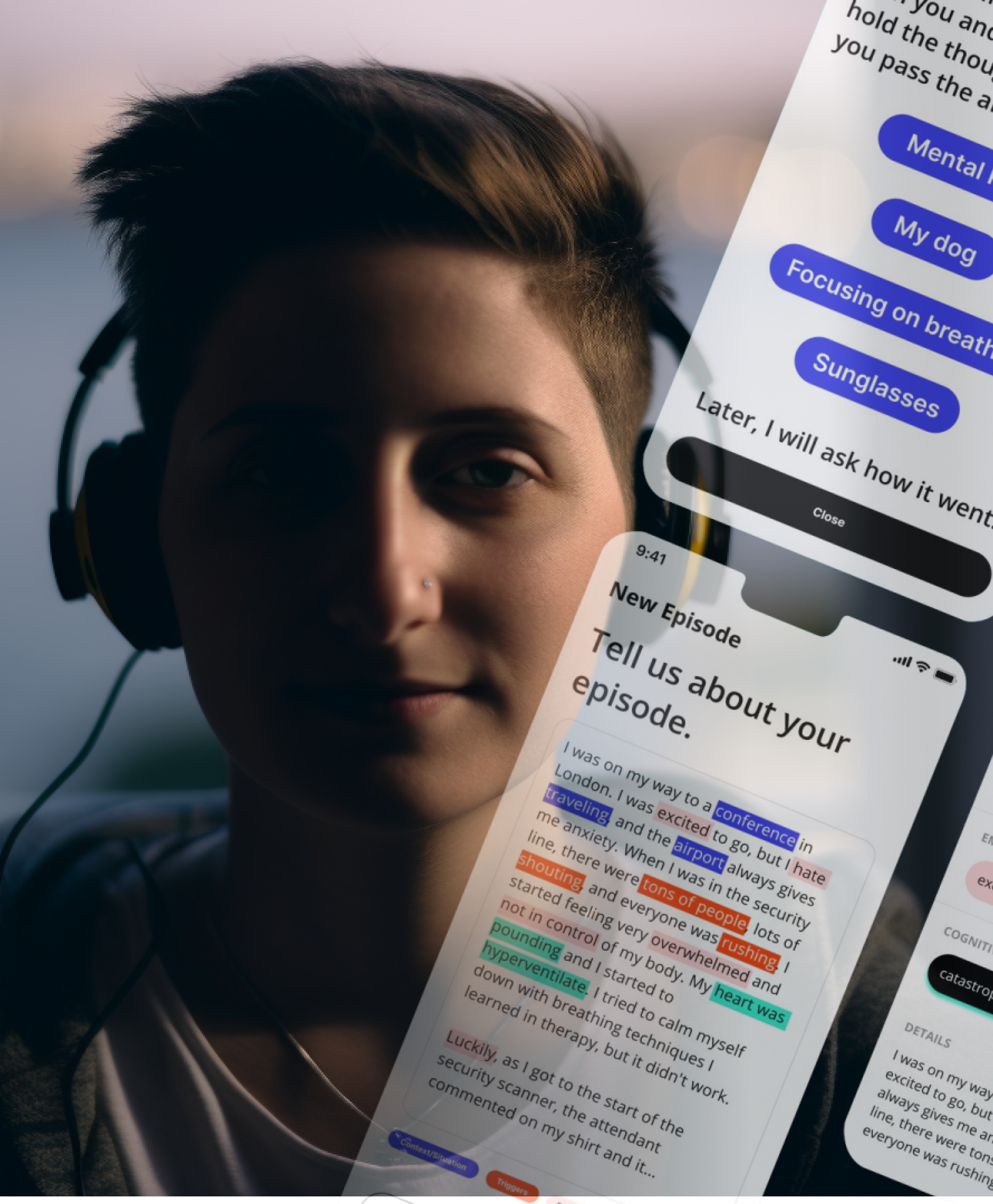
How Might We...
build trust in AI to provide mental health support?
How Might We...
collaborate on a project?
Curious to explore the applications of strategic design for your healthcare organization? Please fill out the short form below and I will get back to you ASAP. Thanks!
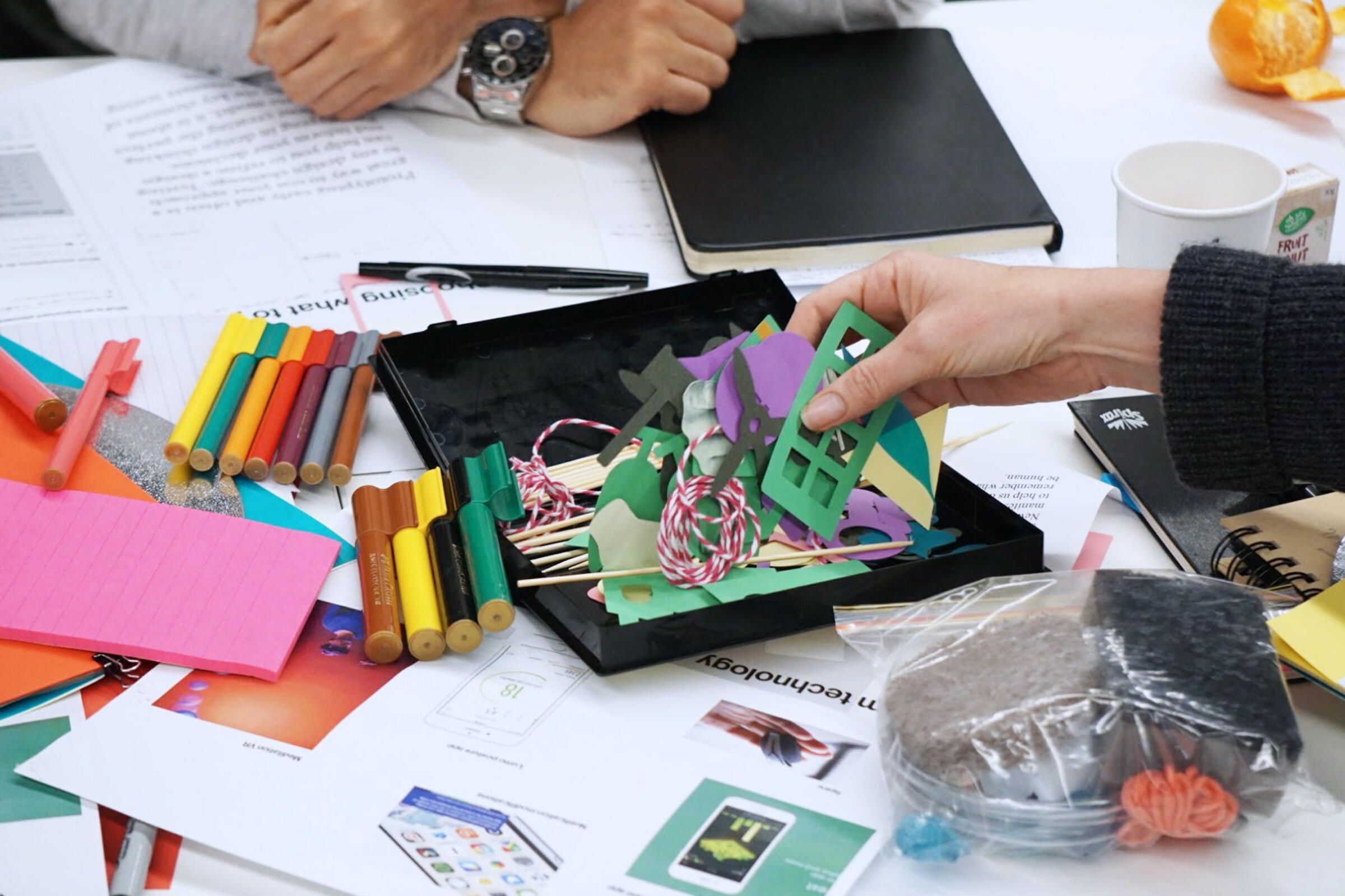
Thanks for reaching out!
I'll be in contact with you as soon as possible.
Tech & Patient-Provider Relationships
Patient Portals: A Double-Edged Sword
Patient portals play a major role in the current healthcare landscape, fostering more connected, engaged, and informed patients. However, while patient portals can enhance communication and information access for patients, they can also be a source of burnout for healthcare providers, highlighting the complex influence of technology on healthcare dynamics.The aim of this project was to evaluate the impact of patient portals on the patient-provider relationship in order to enhance communication, minimize provider burnout, and flatten hierarchical structures between providers and patients.
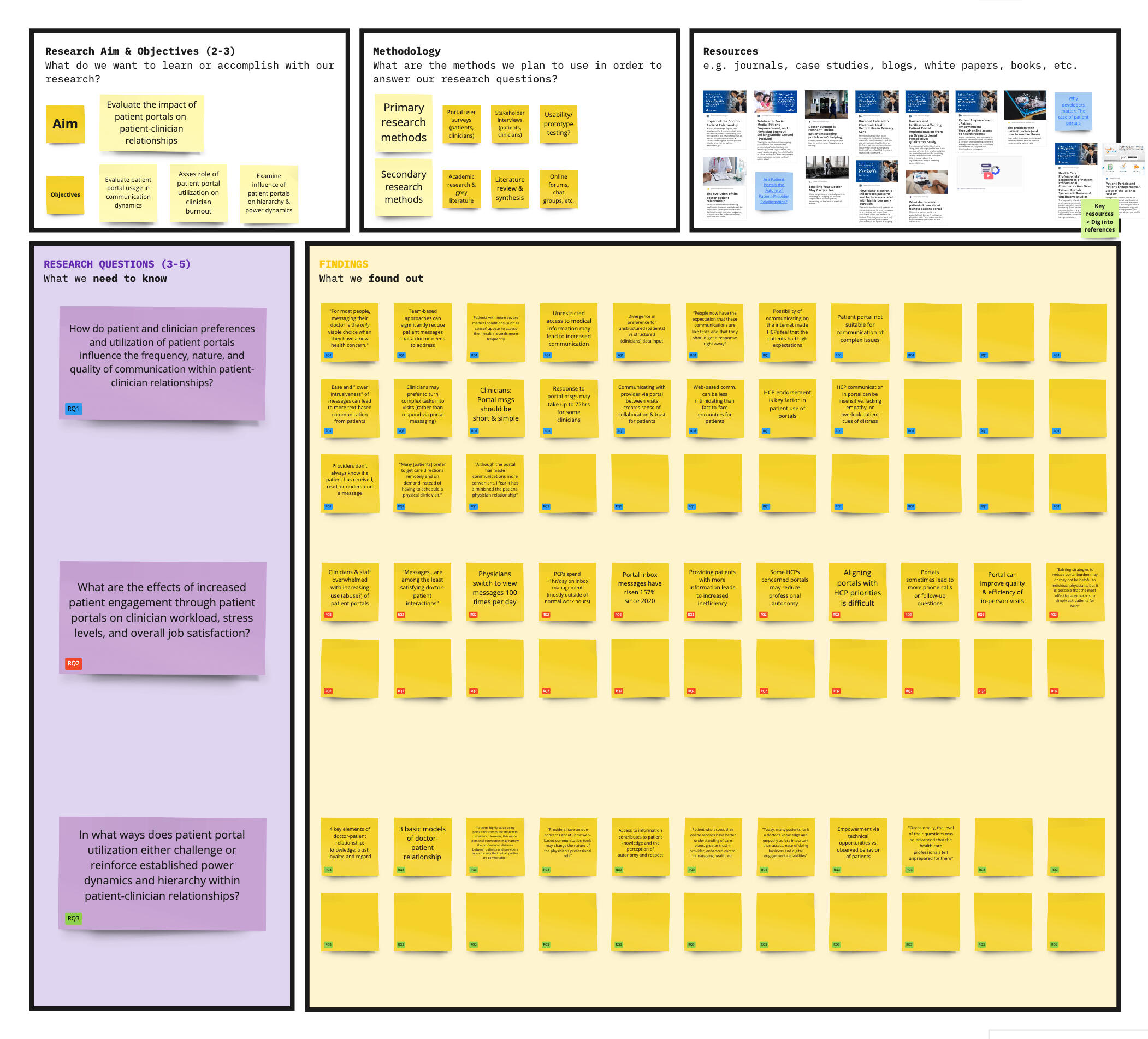
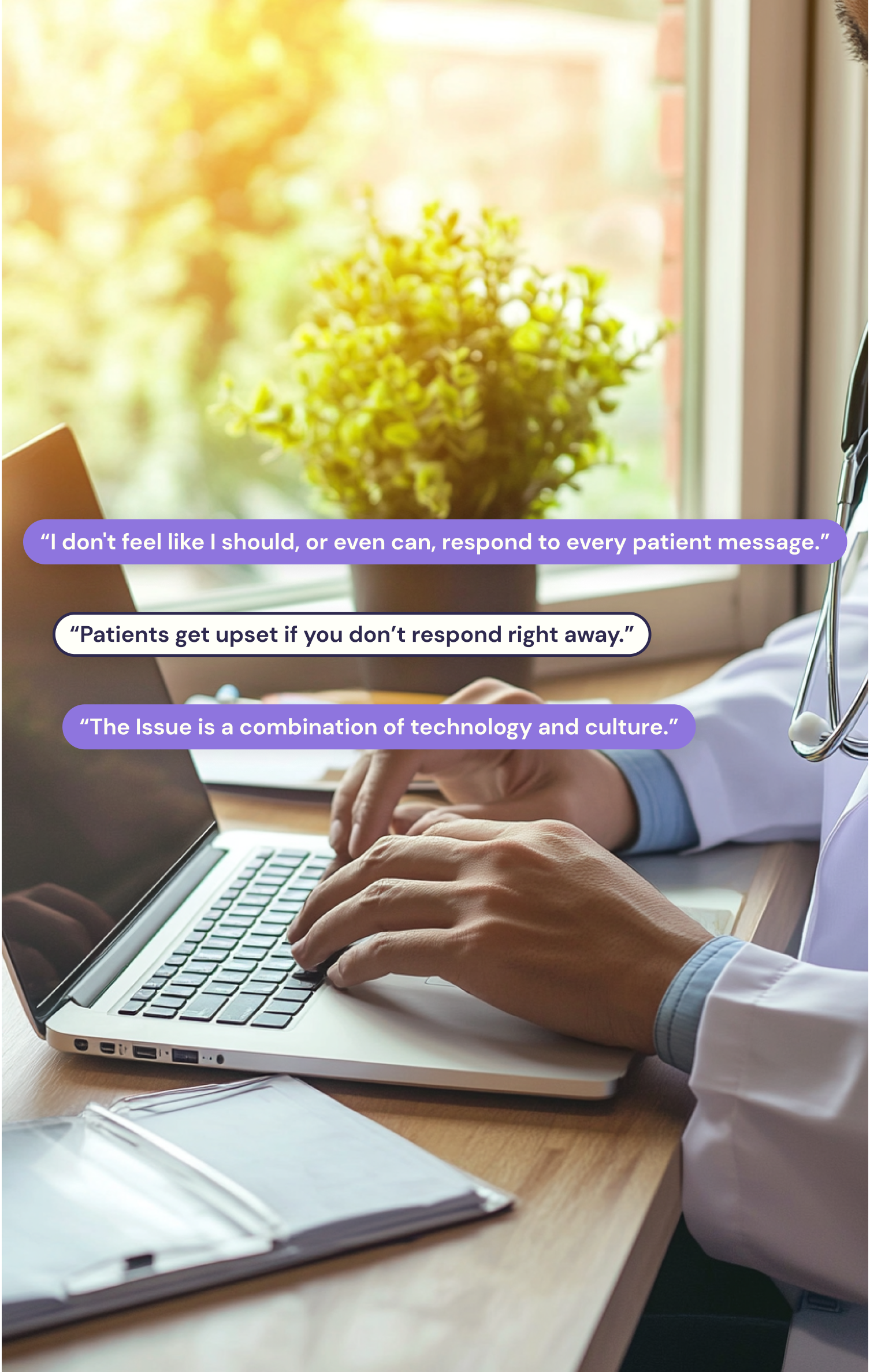
Research · Reframing the Challenge
Issue of technology and culture
Primary and secondary research consisted of a comprehensive literature review, as well as remote interviews with both patients and healthcare providers. Synthesizing gathered findings via affinity diagramming and Daniel Pidcock’s Atomic UX Research model resulted in the identification of five core themes:
Provider Boundaries
Patient Expectations
Empowerment as a Double-Edged Sword
Redefining the Relationship
More vs. Better Communication
Diving deeper into these core themes revealed two key insights:
A gap exists between provider boundaries and patient expectations: Where providers are attempting to create and maintain professional and personal boundaries around digital communication and portal messaging, patients expect 24/7 portal messaging access and rapid responses.
The rules of engagement are unclear: As technology continues to fundamentally alter existing models of care, the roles and responsibilities of both patients and providers become more and more difficult to define.
Based on these insights, three areas of opportunity were identified for potential design interventions:
| Opportunity 1 | Opportunity 2 | Opportunity 3 |
|---|---|---|
| How might we create alignment between provider boundaries & patient expectations? | How might we clearly define roles & responsibilities in the patient-provider relationship? | How might we facilitate higher quality communication between patients & providers? |
Ideation · Concept Development
Boundaries over barriers
With the scope of the challenge now encompassing technical, behavioral, and cultural aspects of patient portal use, the ideation process began by contextualizing the patient-provider relationship using a systems thinking framework called the Iceberg Model.The goal was to identify potential leverage points at the Underlying Structure and Mental Models levels that could have a greater impact on behavioral and systemic transformation.Throughout the ideation and concept development process, the principle of "boundaries over barriers" was a constant driving force. This ensured that any proposed solutions would strike a balance between healthy boundaries for providers, while not acting as a restrictive barrier to access or care for patients.
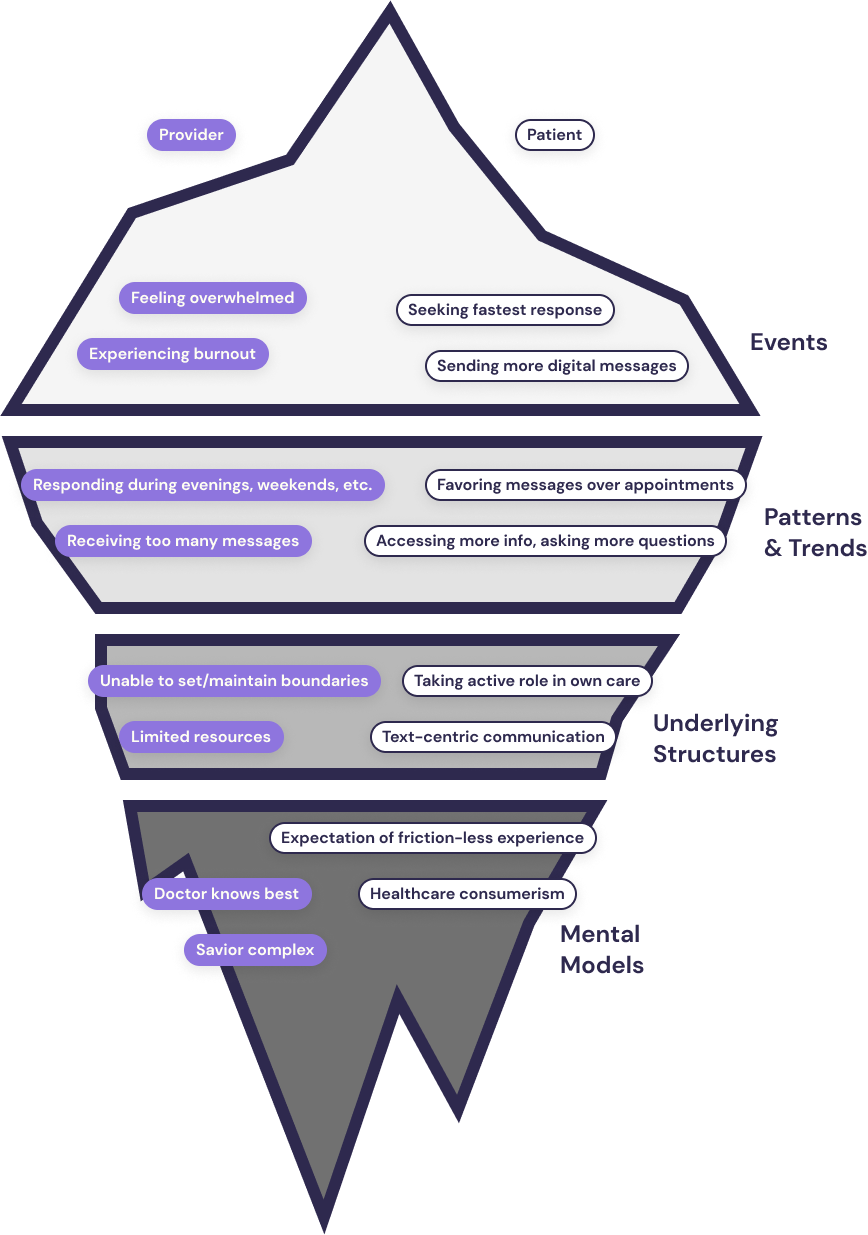
The results of the ideation process led to a two-pronged conceptual approach:
Patient education through a PSA campaign that included outdoor advertisements (MUPIs), social media posts, and an educational website aimed at raising awareness of provider burnout among the general public, with the goal of helping patients understand what providers go through, as well as their role in the patient-provider relationship.
A redesign of specific patient portal interactions to nudge behavior toward decreasing non-essential or irrelevant use of portal messages. For example, patients would be prompted at login to self-select from a list of commonly-utilized options such as rescheduling an appointment, or refilling their prescription, instead of messaging their provider to accomplish these tasks. A clickable prototype of the patient portal can be accessed here.
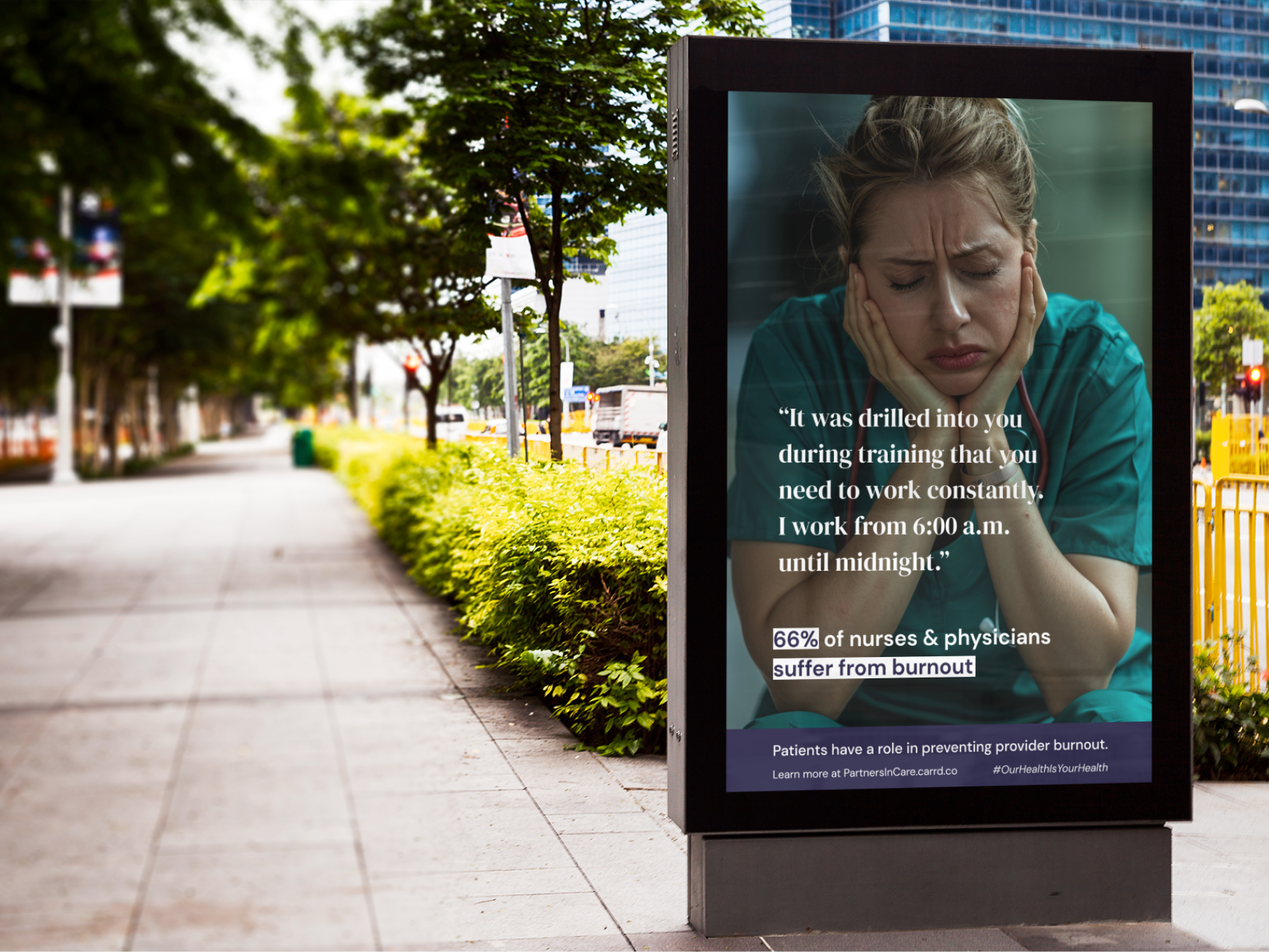
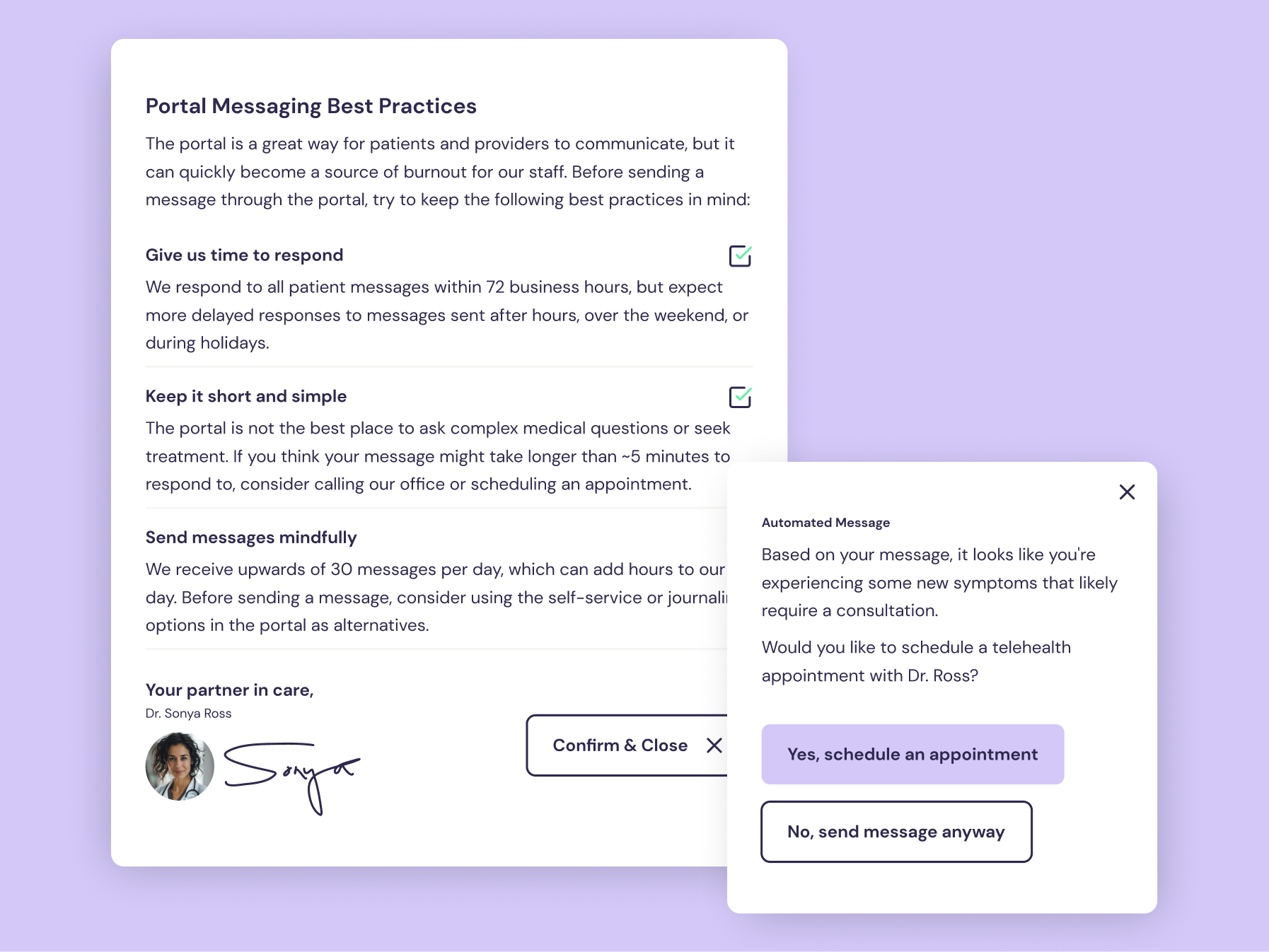
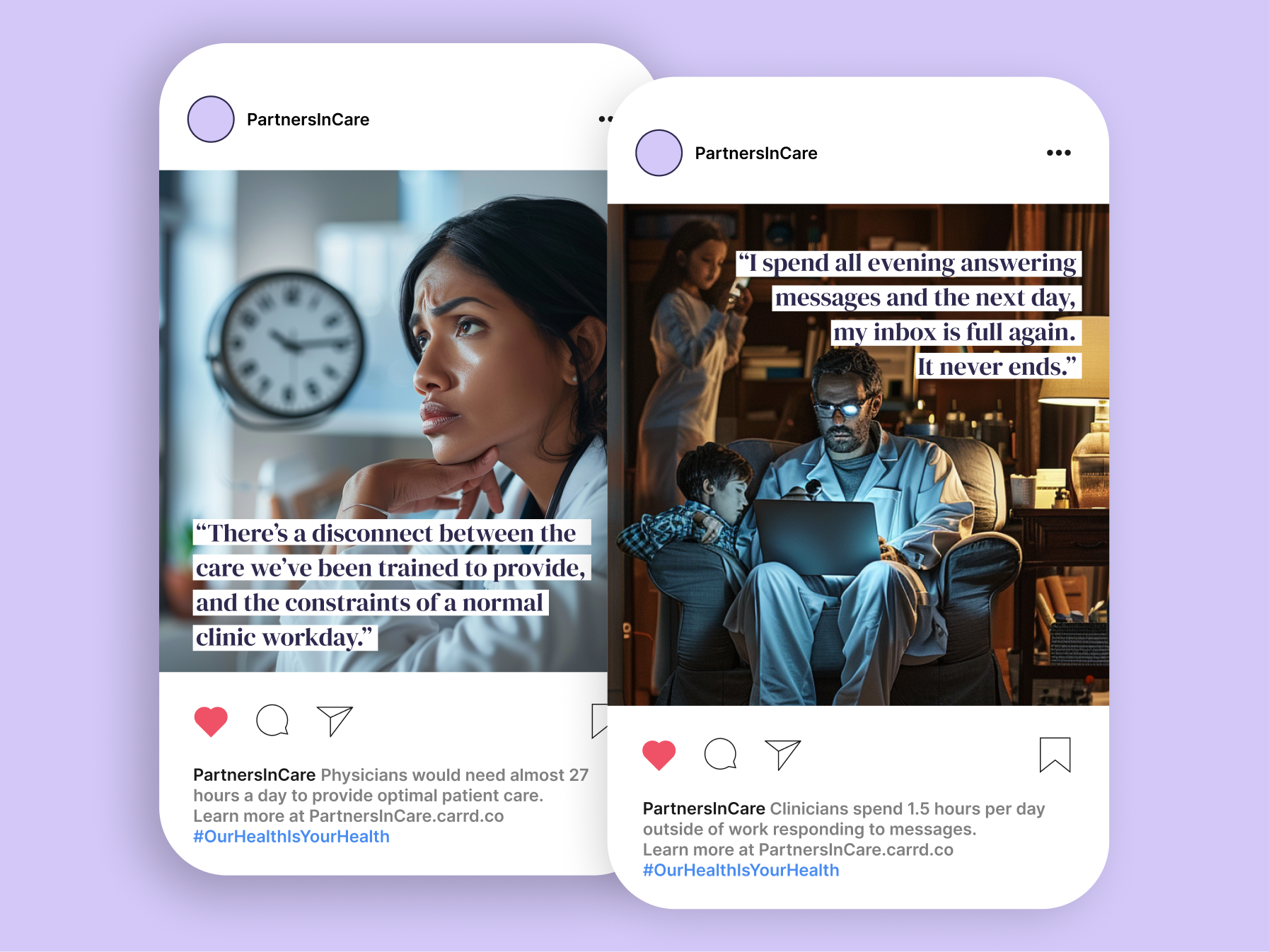
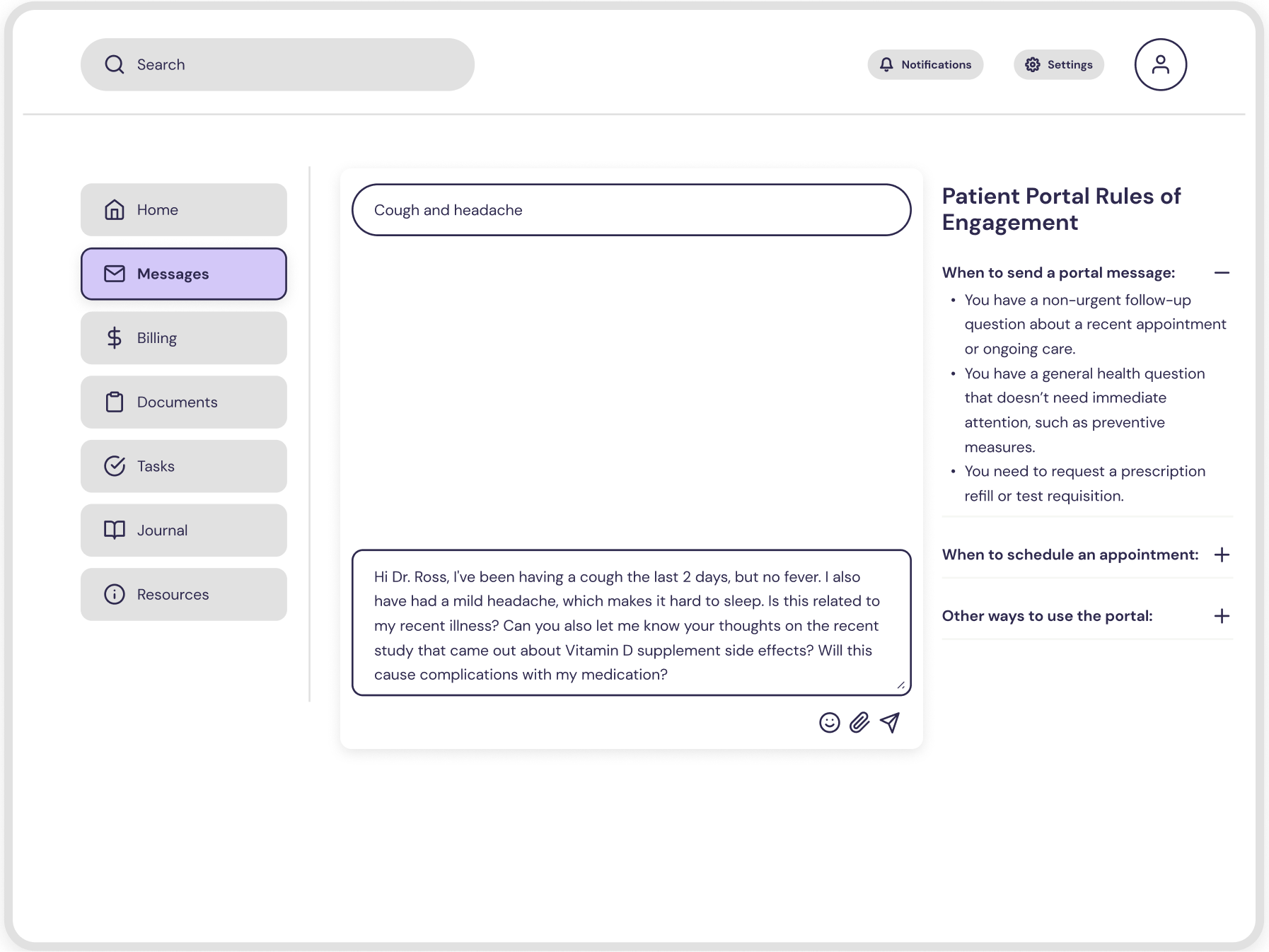
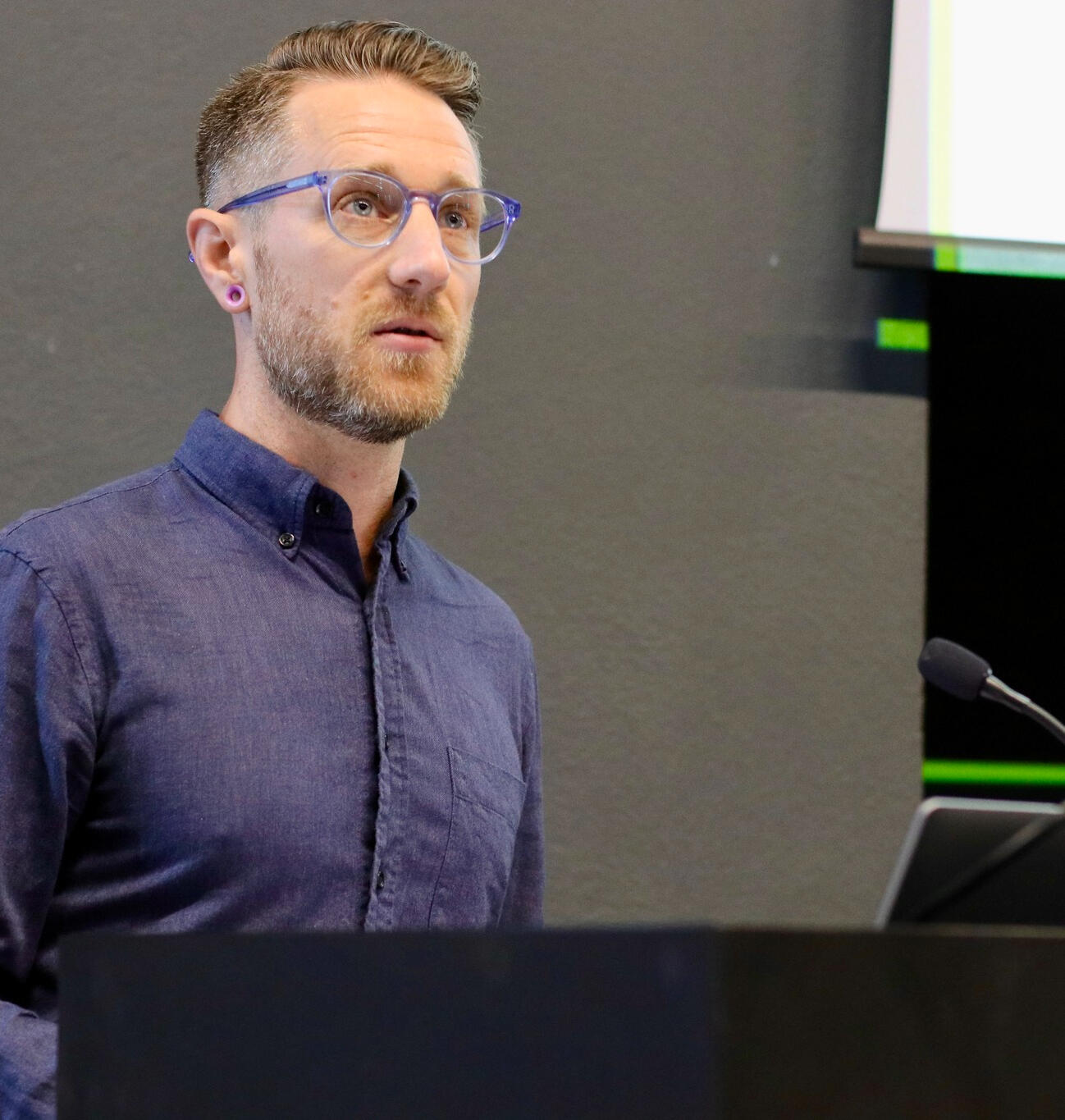
Reflection · Future Considerations
Creating equitable care partnerships
Following a successful thesis defense, this project, titled "Partners in Care: Enhancing communication, minimizing provider burnout, and creating equitable care partnerships," raised some additional challenges for future exploration:
What type of education and training might be most effective in helping patients and providers communicate boundaries and expectations in order to jointly define the “rules of engagement” within their relationship?
How can we address systemic issues such as excessive workloads, administrative burdens, limited say in scheduling, and lack of organizational support among healthcare providers?
How can we better understand the motivations and behaviors on the side of patients, specifically when it comes to technology and communication with their providers?
Strategy & Scoping Workshop
New venture, unique challenges
In 2021, Japanese medtech company Cyberdyne partnered with physical therapy practices in Southern California to form RISE Healthcare Group (RHG) with the aim to revolutionize neuromuscular treatment by integrating personalized physical therapy with Cyberdyne's Hybrid Assistive Limb (HAL) exoskeleton.Strategy and scoping workshops with the Cyberdyne and RHG teams uncovered several challenges to HAL's adoption among target patient populations in the U.S.:
Efforts centered around improving technology, not the patient experience
Lack of compelling clinical data and user case studies
No brand awareness or referral relationships in the neuromuscular space
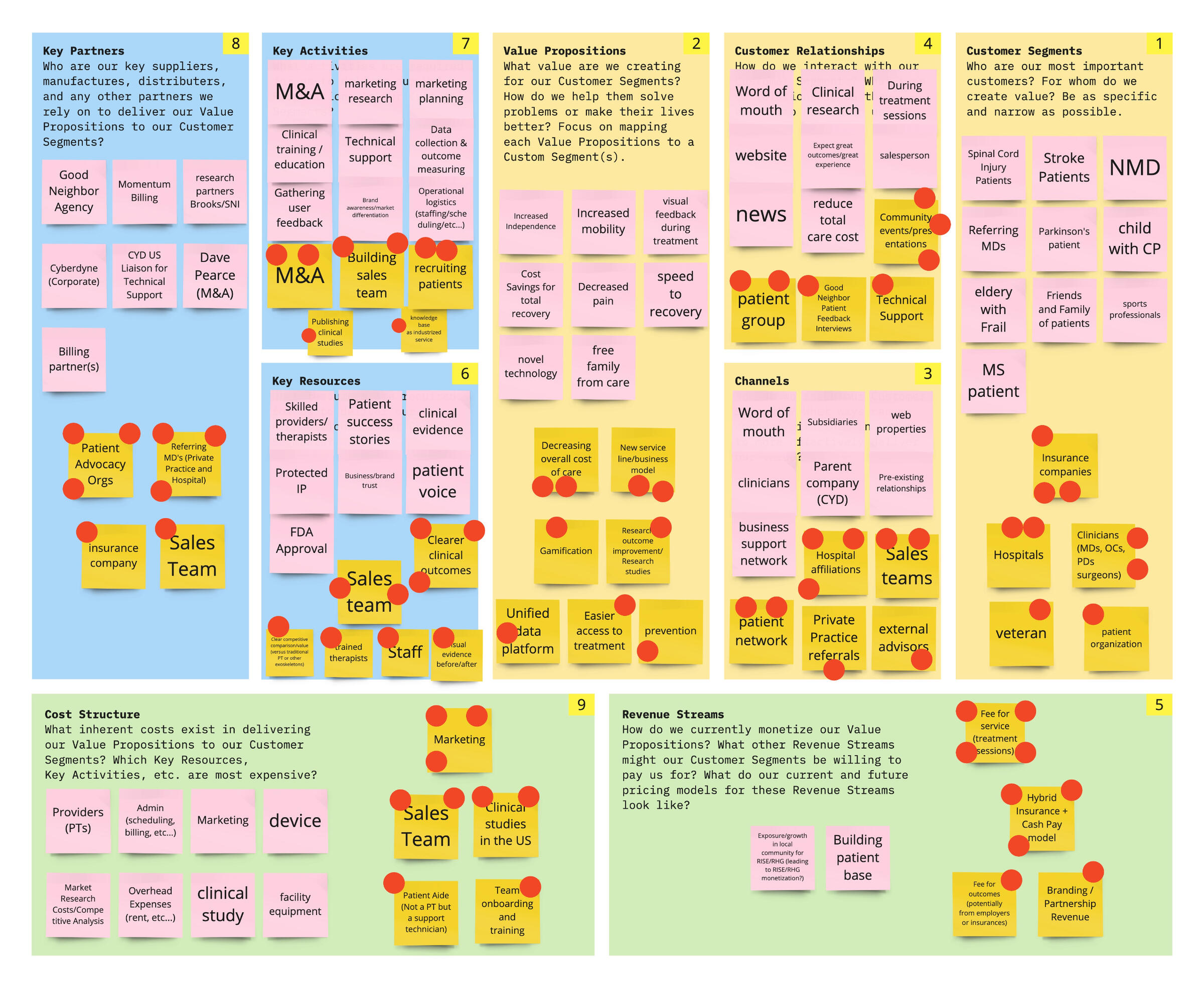
Business Model Canvas · User Research
Getting to know the human side of HAL
To begin addressing these challenges, a Business Model Canvas workshop was conducted in order to identify relevant opportunities and areas of need pertaining to data collection, patient insights, and raising awareness in order to cultivate clinical referral relationships for HAL therapy.This exercise highlighted the need to:
Gather patient and clinician feedback about their experiences with HAL in order to communicate value and show the human side of the technology
Collect quantitative and qualitative data that demonstrate HAL's effectiveness in order to build relationships with key partners, including patient advocacy groups, community organizations, and referring clinicians
In total, 73 online questionnaires and 9 video interviews were conducted with respondents from Japan, Germany, Australia, and the U.S., which yielded the following themes, insights, and opportunities:
| Theme | Insight | Opportunity |
|---|---|---|
| Extended use yields higher patient satisfaction | Participants with 30+ sessions had more positive feedback & higher satisfaction scores than those with fewer than 10 sessions | Leverage initial enthusiasm into long-term commitment to HAL therapy (via scheduling, goal setting, etc.) |
| Limited Willingness to pay out-of-pocket (OOP) | Likelihood to continue HAL therapy drops significantly as OOP cost increases, with ~89% of participants unwilling to pay more than of $150/session | Explore methods to limit OOP expenses for HAL therapy (e.g. insurance coverage, hybrid, subsidies, etc.) |
| Importance of clinicians | Participants had overwhelmingly positive feedback for clinicians administering HAL therapy (5.8/6 average rating) | Streamline and improve the training process in order to onboard more HAL-capable clinicians |
Personas · Journey Maps · Patient Stories
Creating a narrative with emotion & data
The feedback and insights gathered were used to build detailed personas, customer journey maps, and engaging content detailing the HAL experience from the patient's point of view. The motivations and goals of the RHG team were also integrated into the narrative in order to create a complete picture of what HAL therapy with RISE Healthcare Group is really like.These assets have been valuable tools in communication with potential patients, their families, and community organizations.
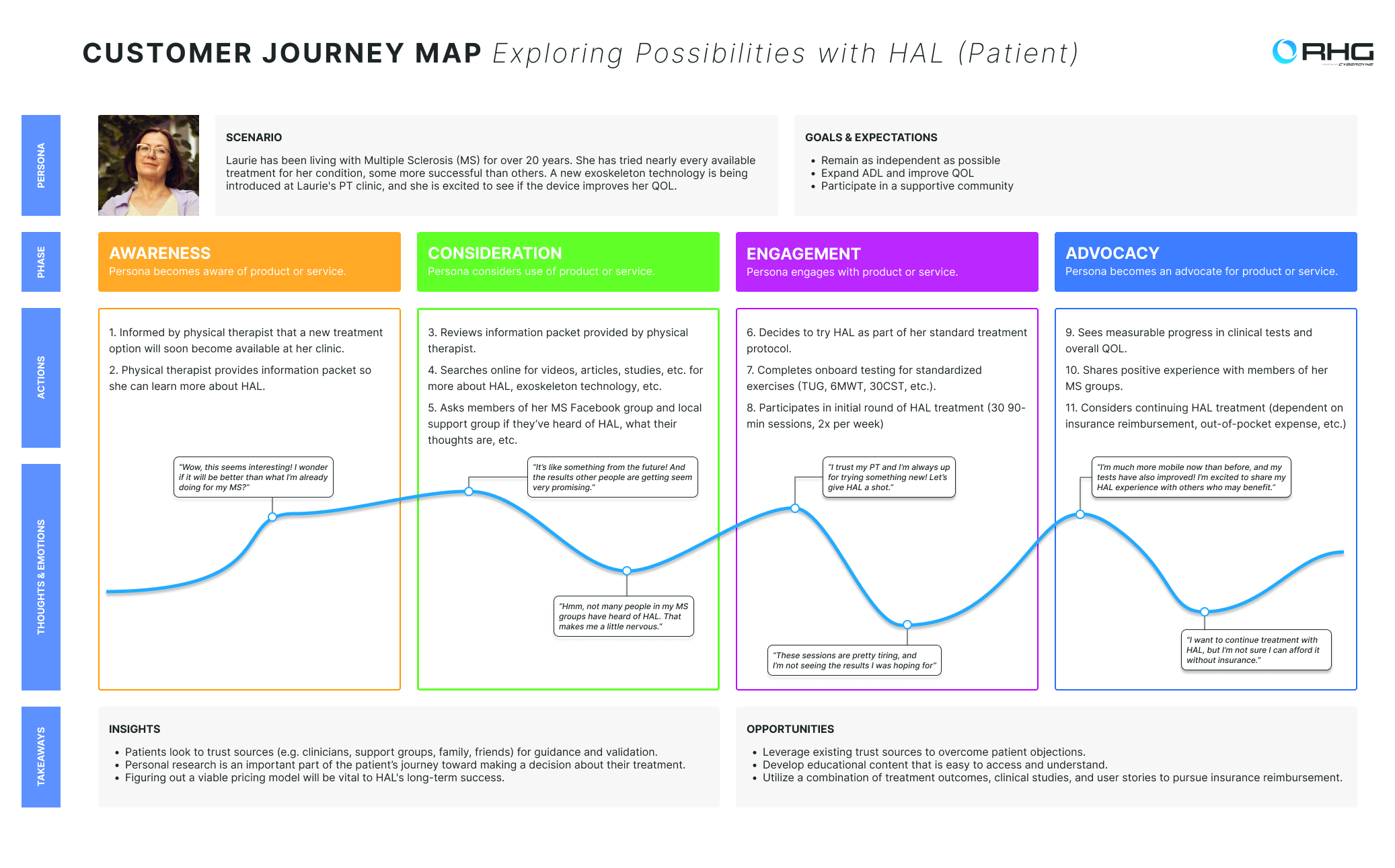
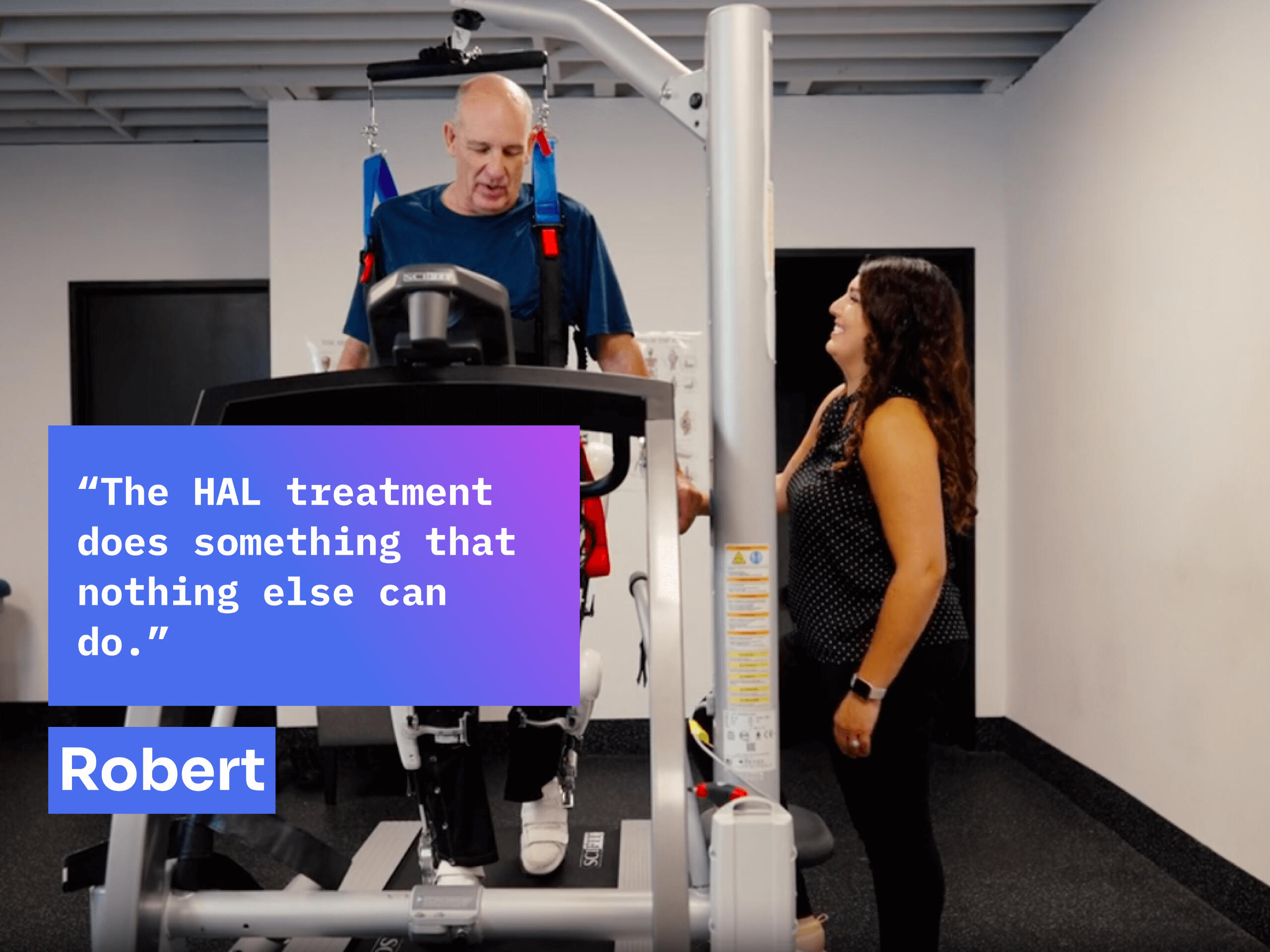
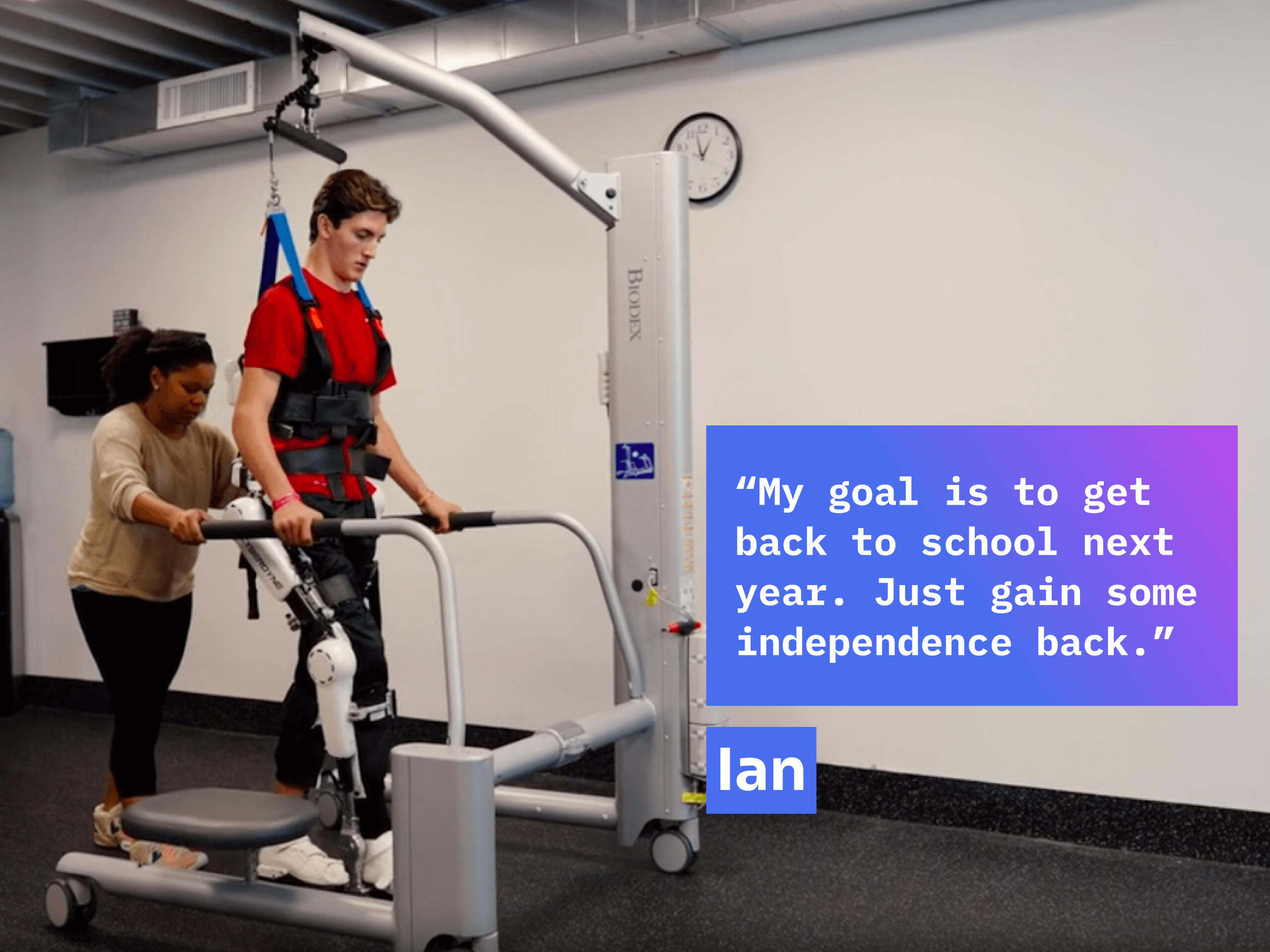
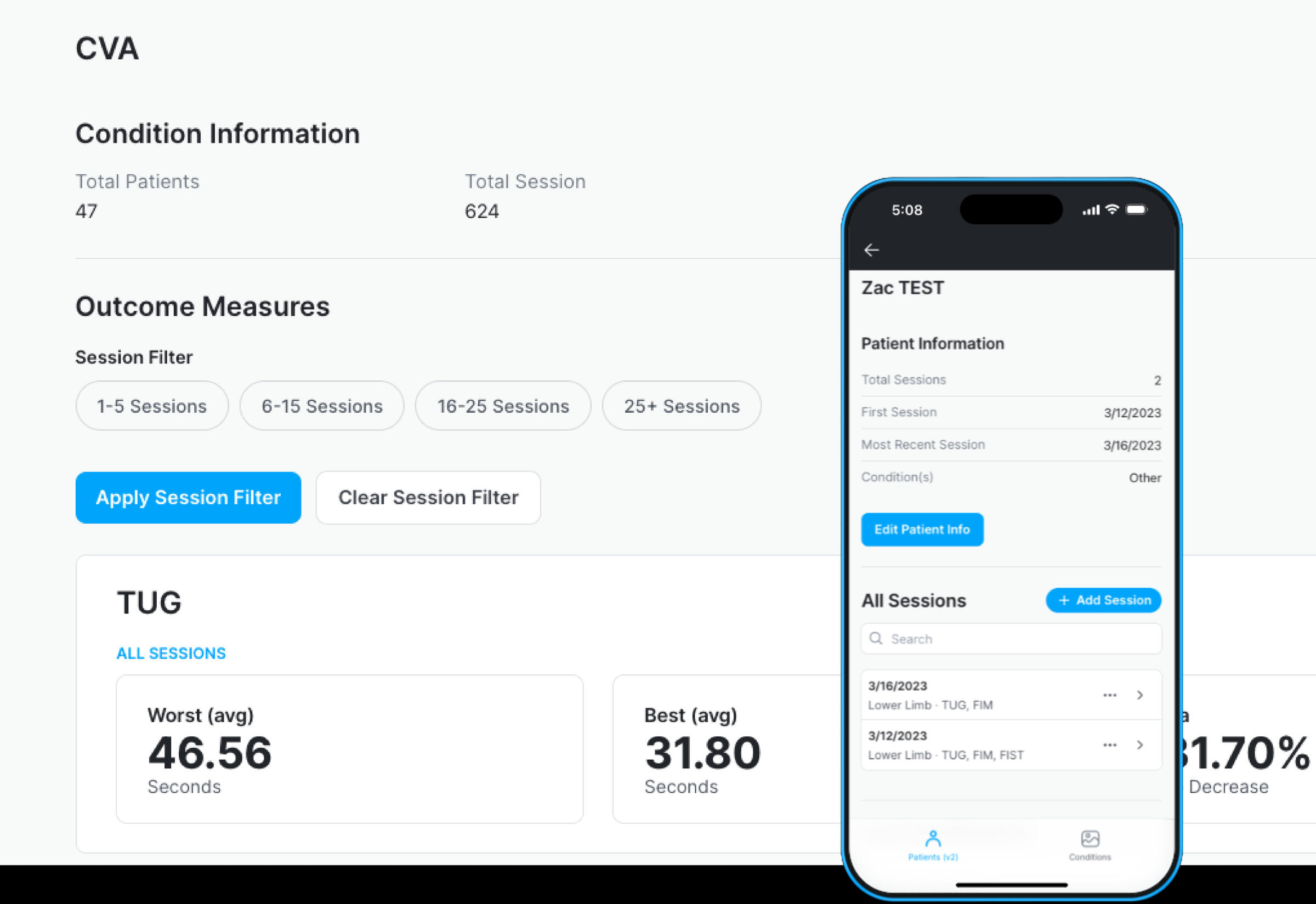
Outcome Measures Platform · MVP
What's next?
Work is currently underway to develop an MVP version of a HAL outcome measures tracking platform, with plans to address regulatory requirements (e.g. HIPAA, FHIR, etc.), integrate with existing technologies, and implement the platform in new locations globally.To date, the outcome measures platform has been used to track over 1,300 HAL therapy sessions for nearly 100 patients.
Designing for Future Challenges
Tallsinki, 2123
The year is 2123. The capital cities of Helsinki (Finland) and Tallinn (Estonia) have become morphed into a sprawling urban metropolis known locally as “Tallsinki.” As with other urban areas of the time, Tallsinki suffers from high rates of unemployment, pollution, and crime. Seeking to escape these ills, many people are forced to spend much of their time sequestered in their homes, very few of which exceed 16m2 in size due to overcrowding.Given the scenario above, the challenge for the Ixd.ma ‘23 Tangible Design course was to design a device that solves a problem or provides entertainment for Tallsinki residents living in 16m2 spaces.

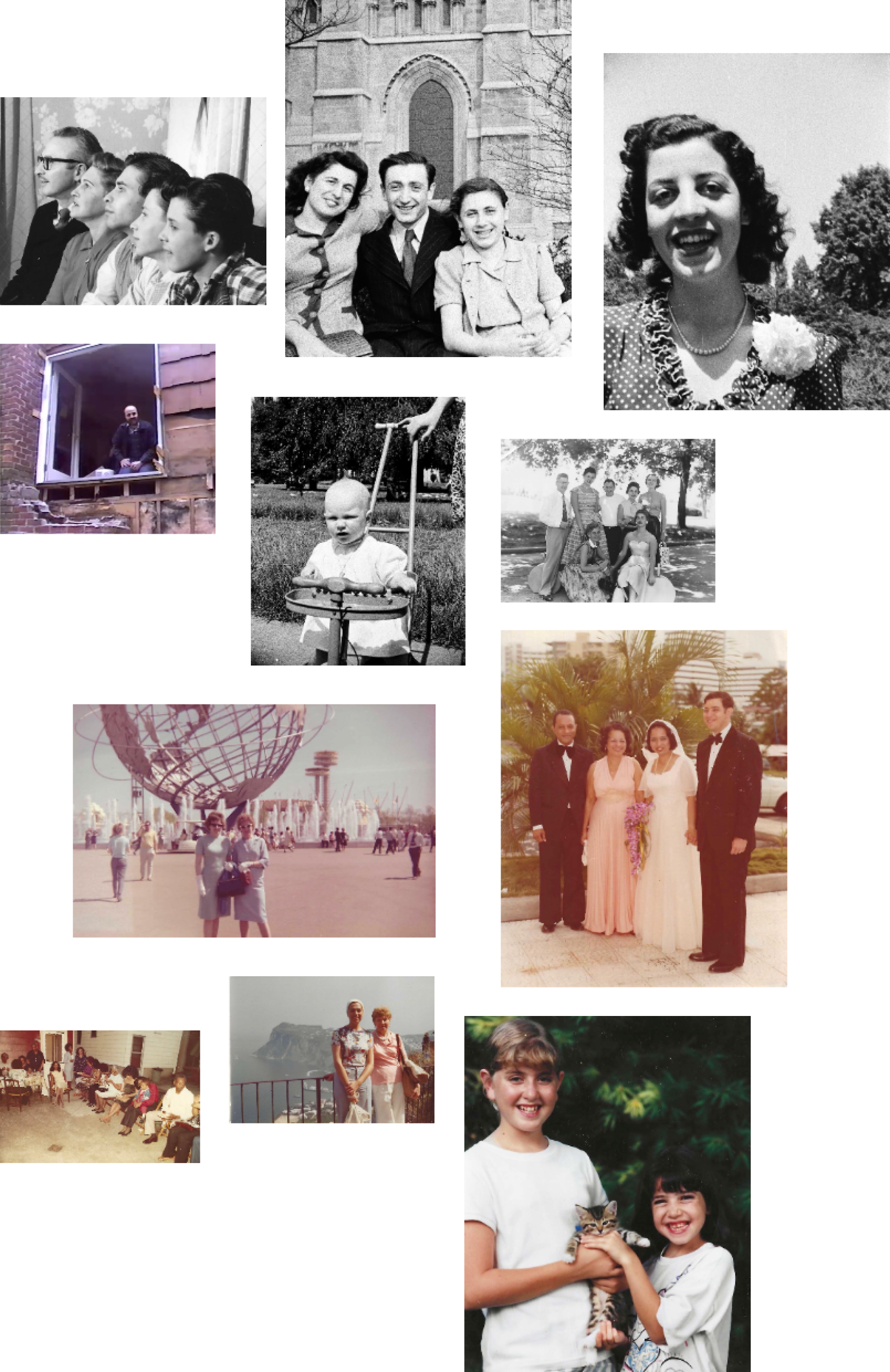
Problem Space Exploration · Concept Development
Aging in isolation
Exploring the potential challenges facing Tallsinki residents 100 years from now led us to the intersection of an aging population and social isolation, both of which are major contributors to dementia.At the predicted rate of dementia growth, there will be over 1 billion people worldwide living with Dementia by 2123.Our research into professional techniques used to combat memory loss due introduced us to Reminiscence Therapy. This approach utilizes tangible prompts such as photographs and music to evoke memories and stimulate conversation for those dealing with memory loss due to dementia.This simple, yet powerful idea of combining an image from a person’s past (e.g. a photo from their wedding day) with a relevant audio clip (e.g. the song from their first dance) provided the inspiration for our concept - Memory Cube.
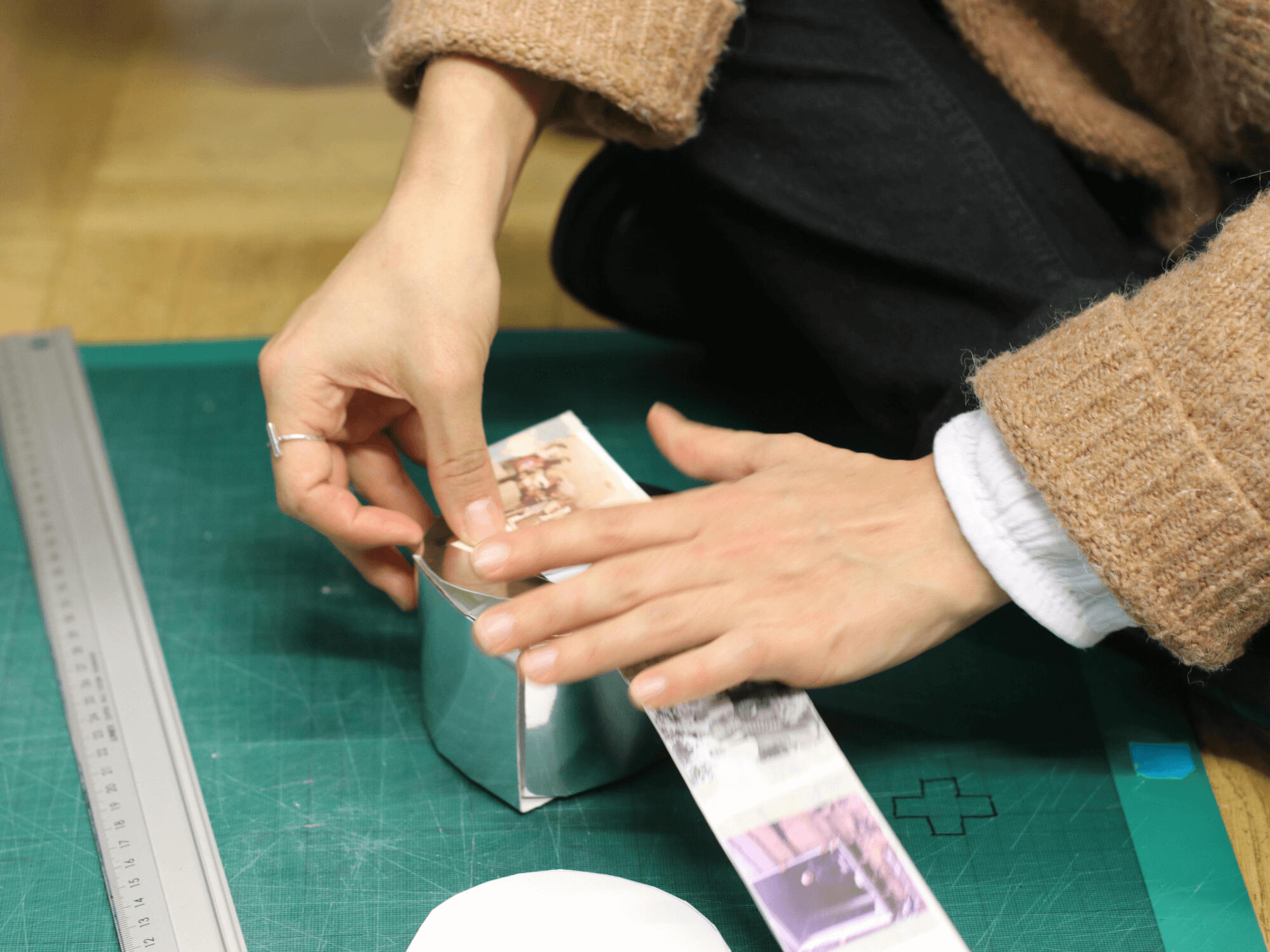
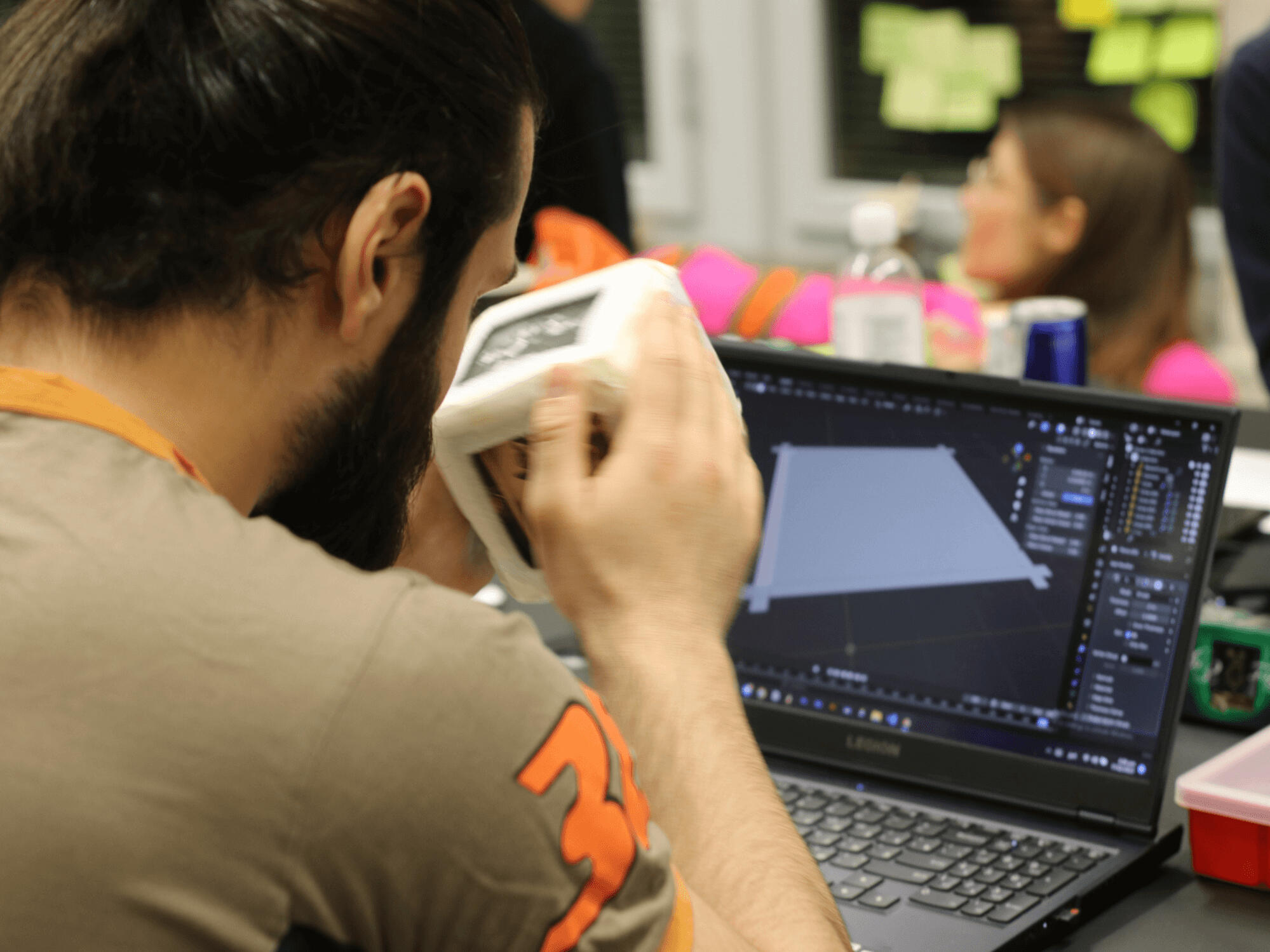
Prototyping
Making it tangible
Our vision for how a person might interact with Memory Cube looked something like this:
Photos and associated audio files are pre-loaded onto the cube
The user picks up the cube and turns it to view each side
Each time the user turns the cube to look at another side, the audio associated with the image in view plays
To make this vision a reality, we utilized 3D designs and pre-existing laser cutting patterns to develop the cube from a single piece of 3mm plywood. The technical components of the Memory Cube consisted of an Arduino Nano, accelerometer, MP3 player, speaker, and 9V battery.
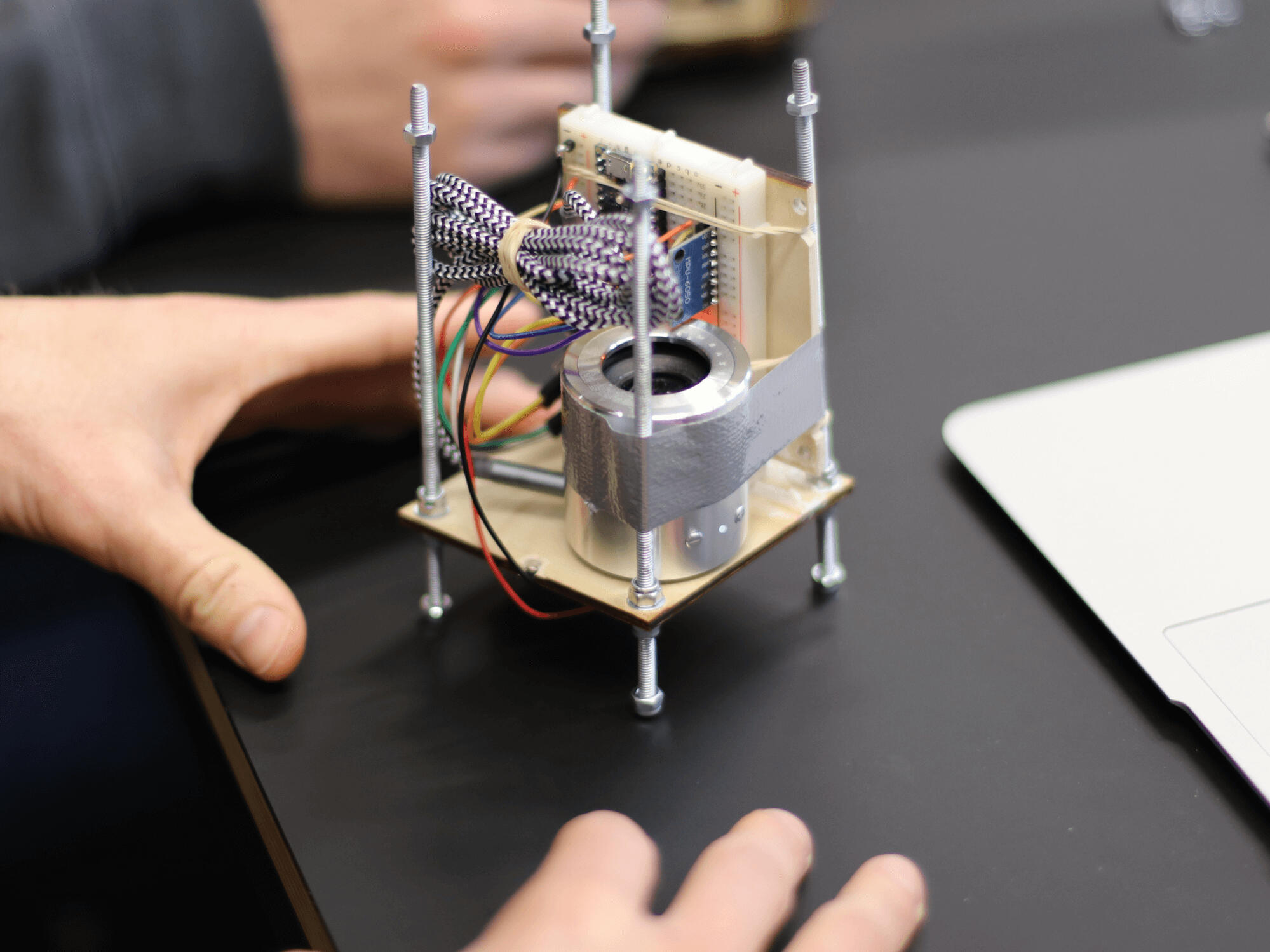
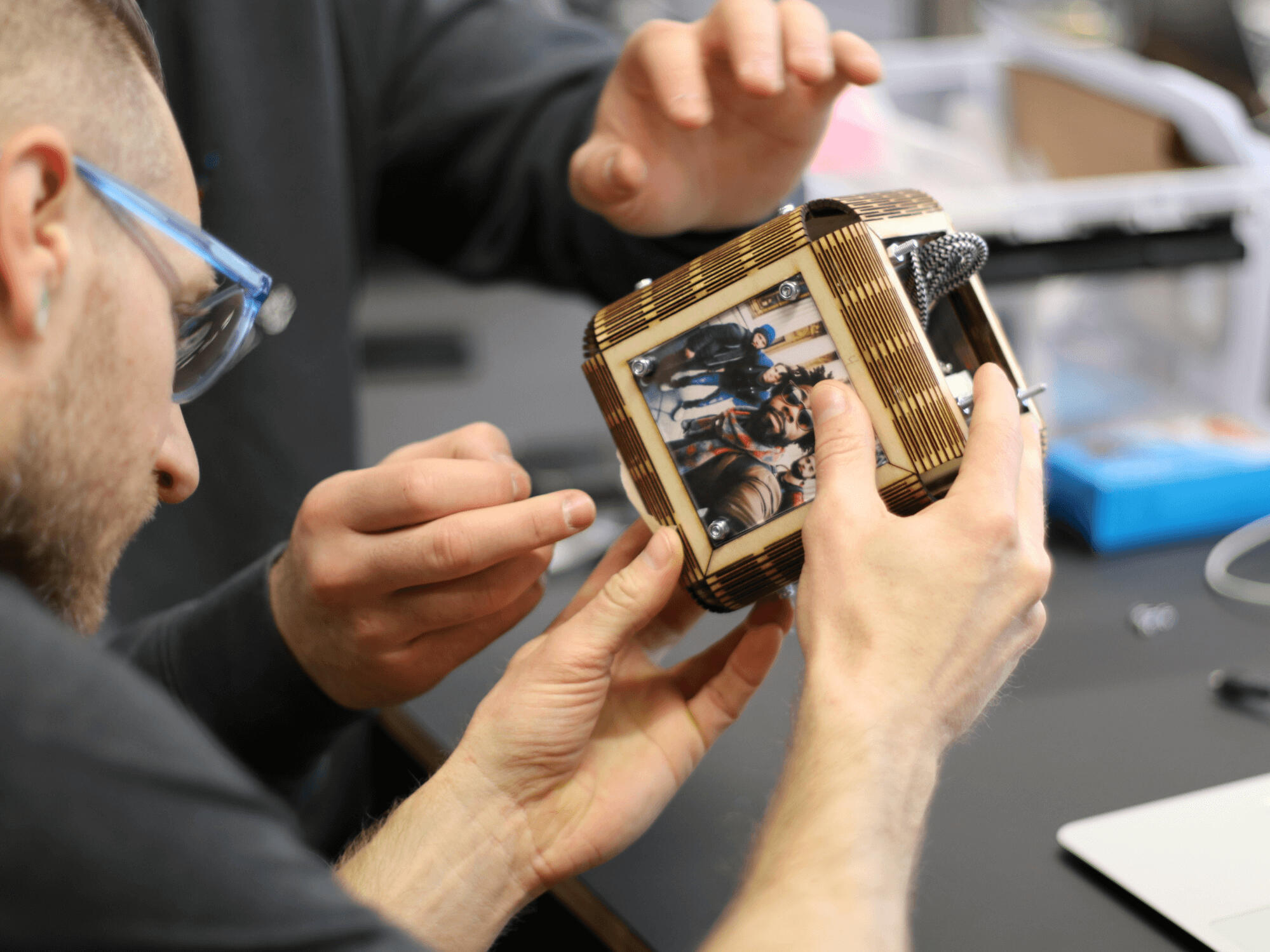
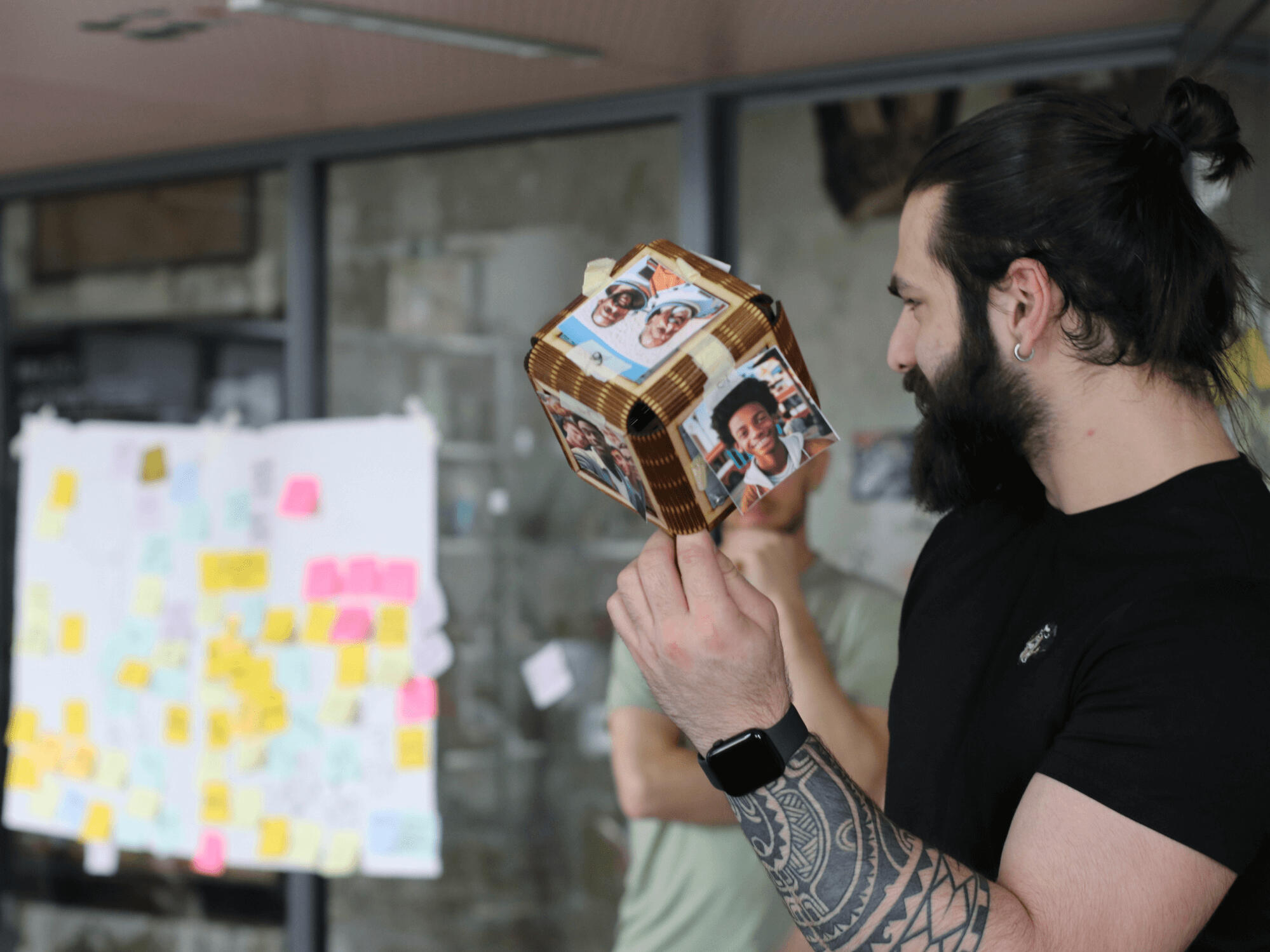
Public Exhibition
Testing Memory Cube in the wild
The Tangible Design course concluded with a public exhibition at Telliskivi Creative City. Attendees were positive about the unique aesthetic and practical application of our concept, and shared suggestions about engaging additional senses, such as smell, in order to make even stronger connections with memories.
Trust, AI, and Mental Health
Addressing a growing global issue
OCD and other anxiety disorders affect 374 million people globally. Sadly, 80% of those needing mental health services can't access care due to stigma, lack of resources, or professional shortages. In Estonia, these issues have led to months-long wait times and €572 million GDP loss due to mental health problems.To help combat this, Estonian startup Mental Pin aims to integrate AI into their pocket-sized calming device and app ecosystem. This 'pocket therapist' concept would utilize AI for data assessment and personalization to offer mental health support during long wait times for traditional therapy.Our team's challenge was to determine whether or not people would trust AI enough to open up about their mental health, and if so, how might we use AI to provide more intuitive, personalized mental health support?
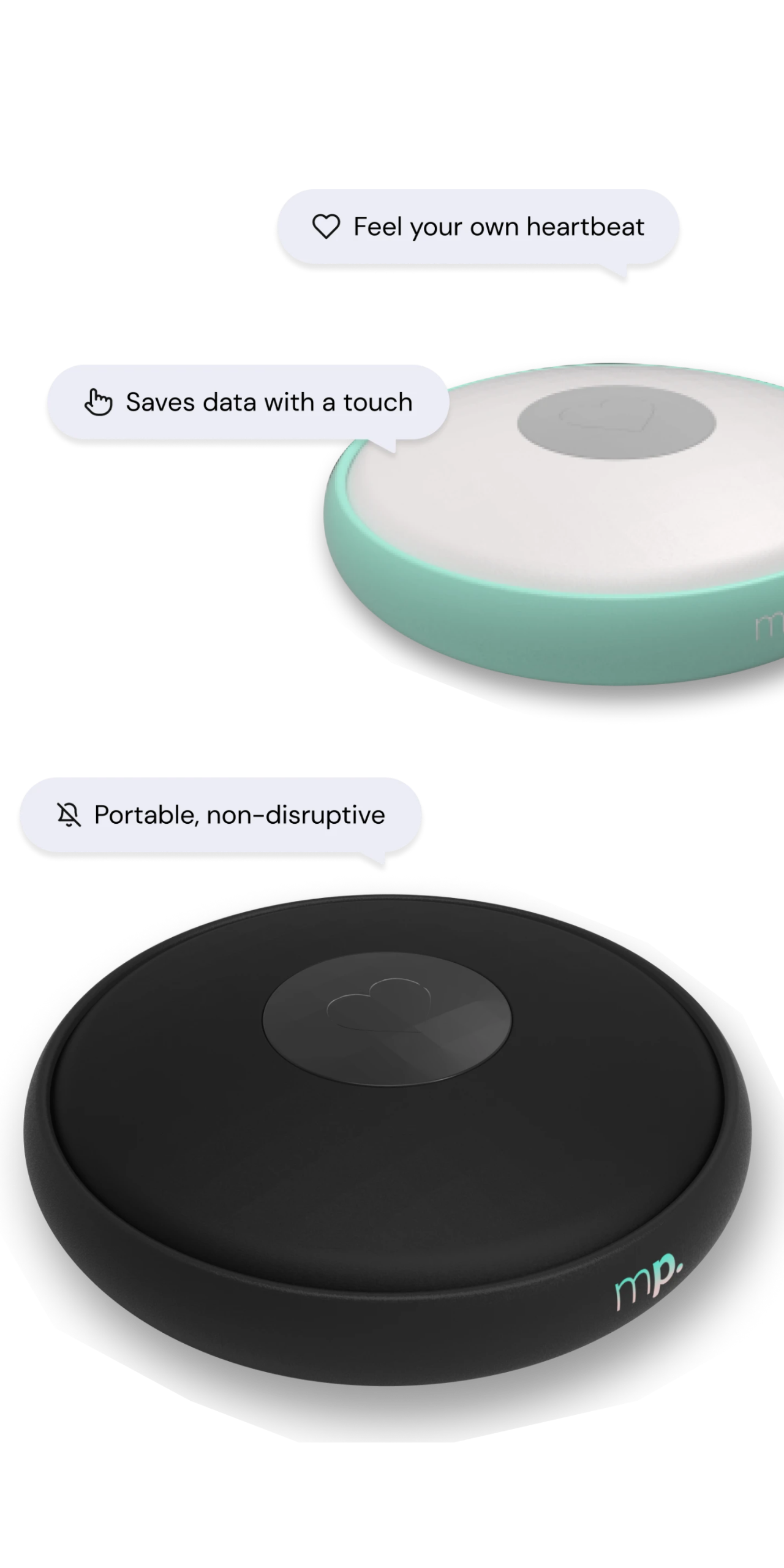
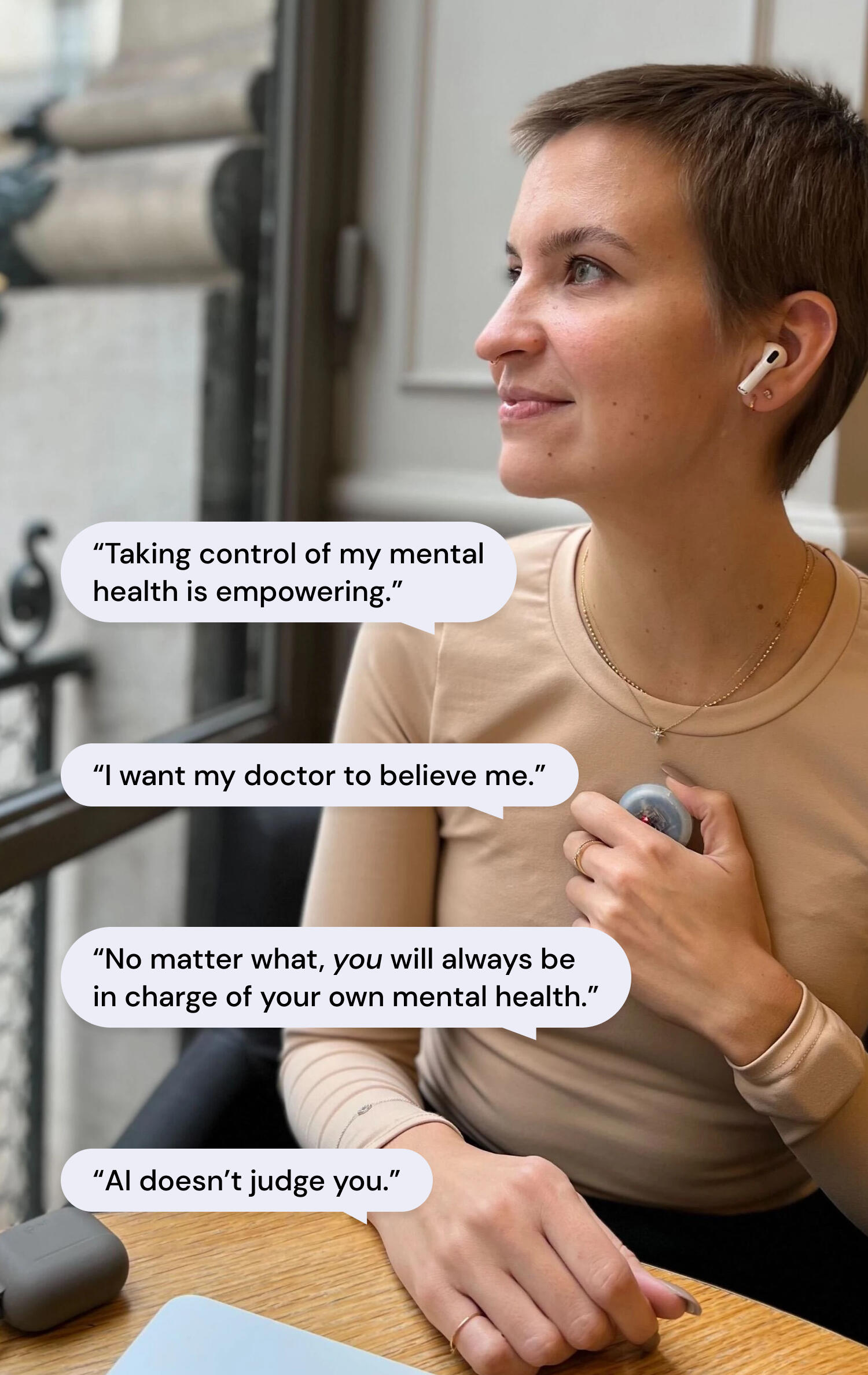
Market & User Research
"Therapy is a tool, not a solution."
While physical devices like Cove and Melo provide biometric feedback to wearers, and digital applications like Woebot and Wysa are experimenting with AI support and coaching features, there didn't appear to be a product on the market that combined a physical intervention with AI-driven capabilities to help users take ownership over their own mental health journey.Additional findings from questionnaires and interviews with people who have sought mental health therapy revealed the importance of ownership, trust, experience, healing, and accessibility in addressing, and ultimately improving, a person's mental health.
Building on the themes from our research findings, our team worked to translate identified problems into actionable "How might we..." statements in order to ideate on viable solutions.
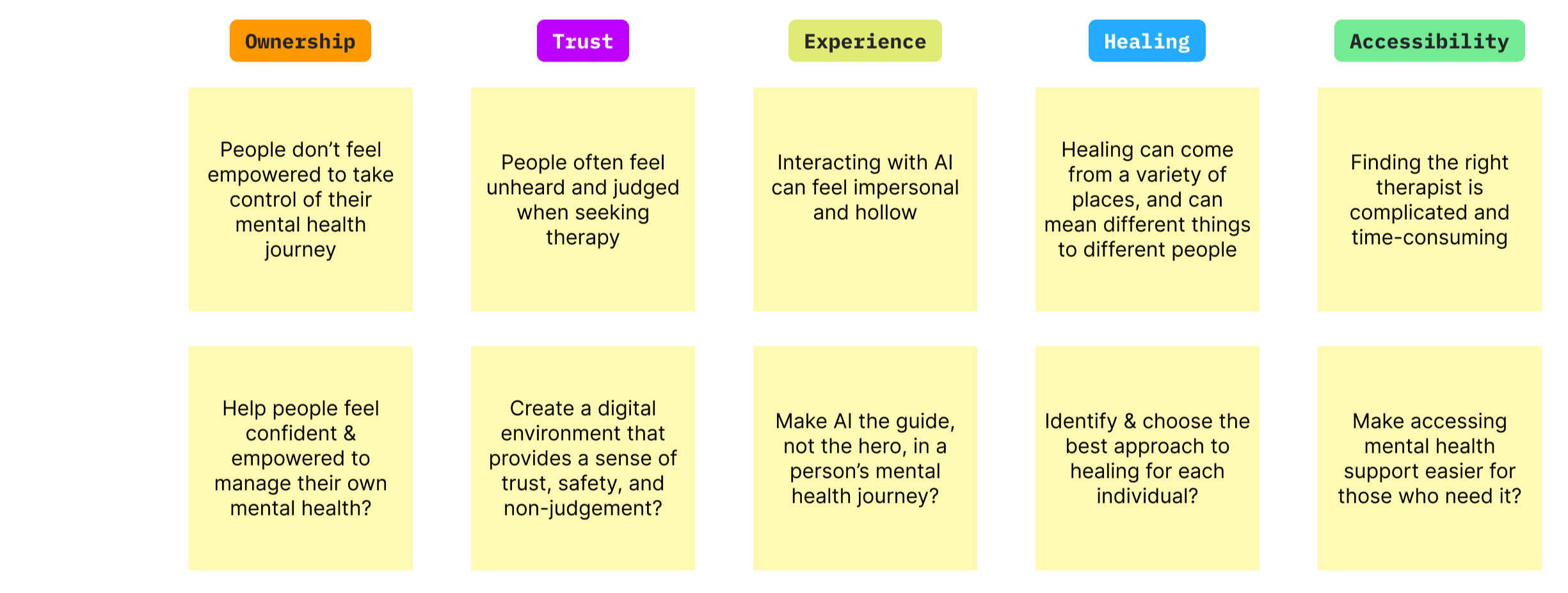
Concept Development
Building trust with AI over time
Our concepts for integrating AI into the Mental Pin product ecosystem needed to not only focus on building trust with users, but also empowering them to take ownership over their mental health by making information and patterns about their episodes easy to access and understand.To accomplish this, we came up with AI-driven features within Mental Pin's mobile application that would:
Gradually introduce AI via a phased feature rollout so that users can become familiar and comfortable with Mental Pin's AI capabilities and incrementally build trust over time.
Encourage engagement, healing, and self-reflection through mindfulness prompts, gratitude exercises, and calming techniques during and after episodes.
Automate episode annotation by running sentiment analysis on voice or text input to identify symptoms and emotions for easier data assessment and pattern recognition.
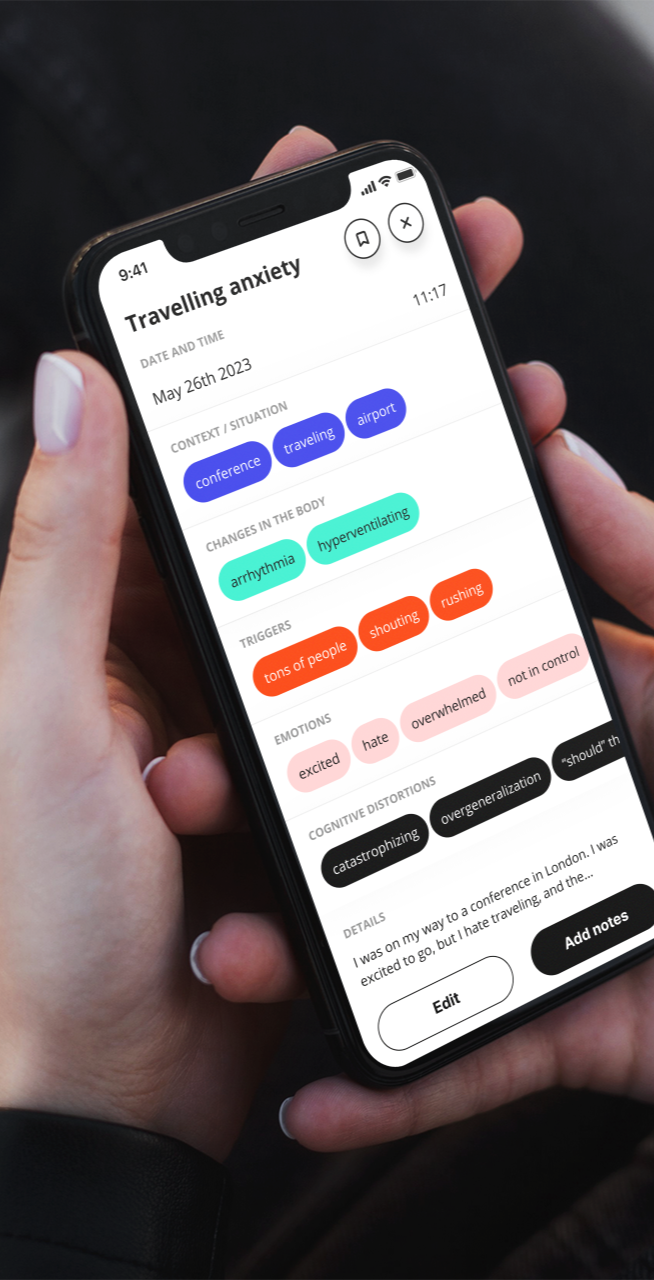
Contextual aftermath exercises help calm the user and reorient them to their surroundings.
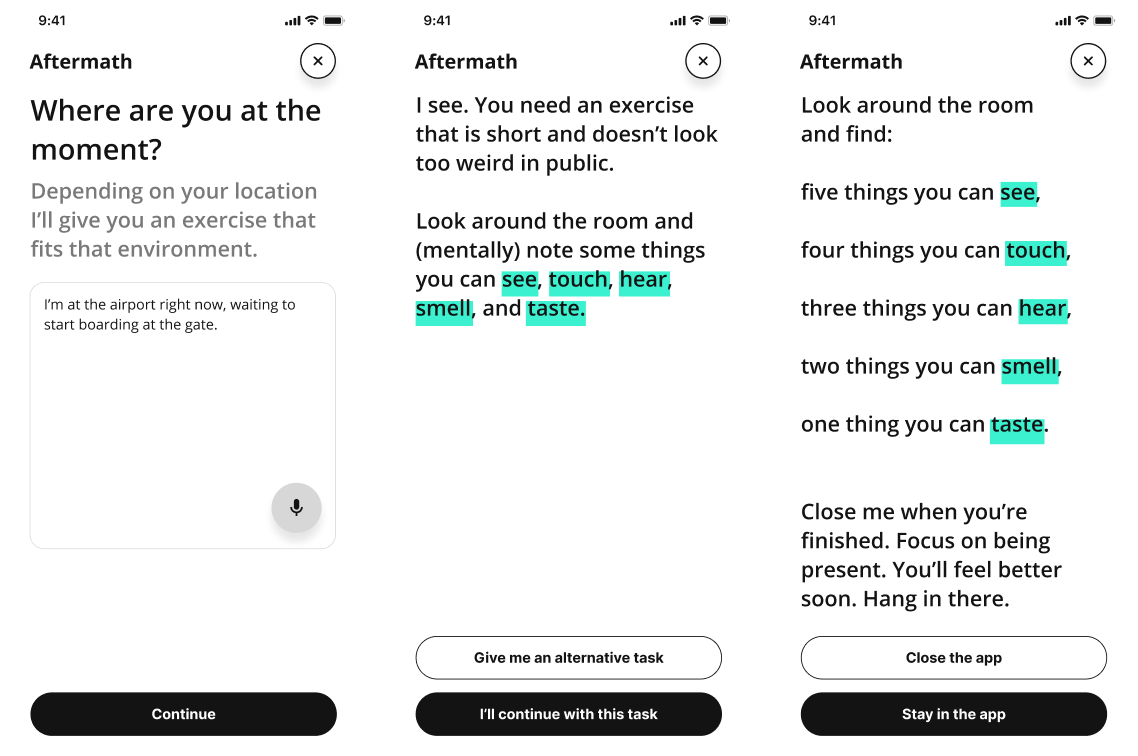
AI sentiment analysis annotates episode situations, triggers, emotions, and physical changes in the body.
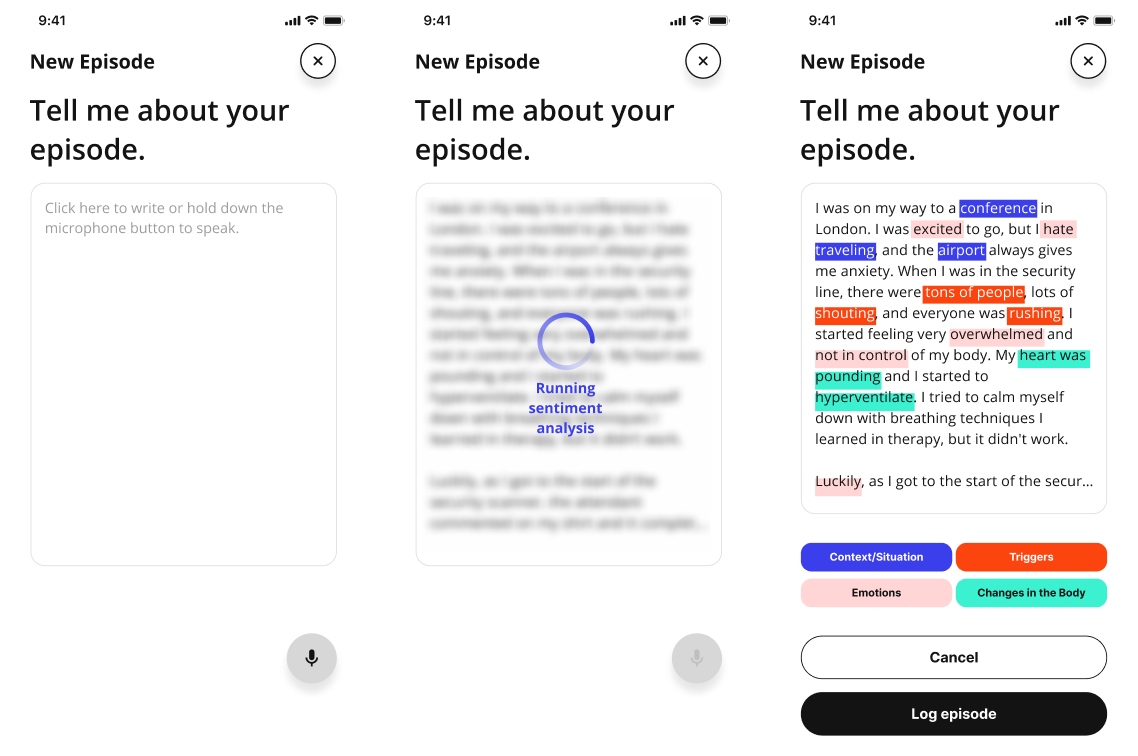

Impact Through Storytelling
Meet Emily...
We chose to present the final concept to the Mental Pin team by telling the story of Emily, a fictional persona based on the demographics of our interviewees and Mental Pin's current user base.Emily's journey with Mental Pin begins when she purchases her device and downloads the app after hearing an advertisement on a podcast. A few days later, while Emily is at the airport on her way to London, she has a panic attack that triggers her anxiety. After using her Mental Pin device to keep her anxiety from spiraling out of control, the Mental Pin app offers Emily a helpful aftermath exercise to provide further support.The next day, Emily is encouraged to share details of her recent episode in the Mental Pin app. The automated annotation feature utilizes AI to run sentiment analysis on Emily's voice entry, highlighting the triggers, emotions, and physical changes that occurred during her episode. She can also compare this episode to others and start to understand actionable patterns about her mental health.
The Mental Pin team is in the process of evaluating which AI features presented have the most potential as they continue to onboard interested users for the private alpha launch.
